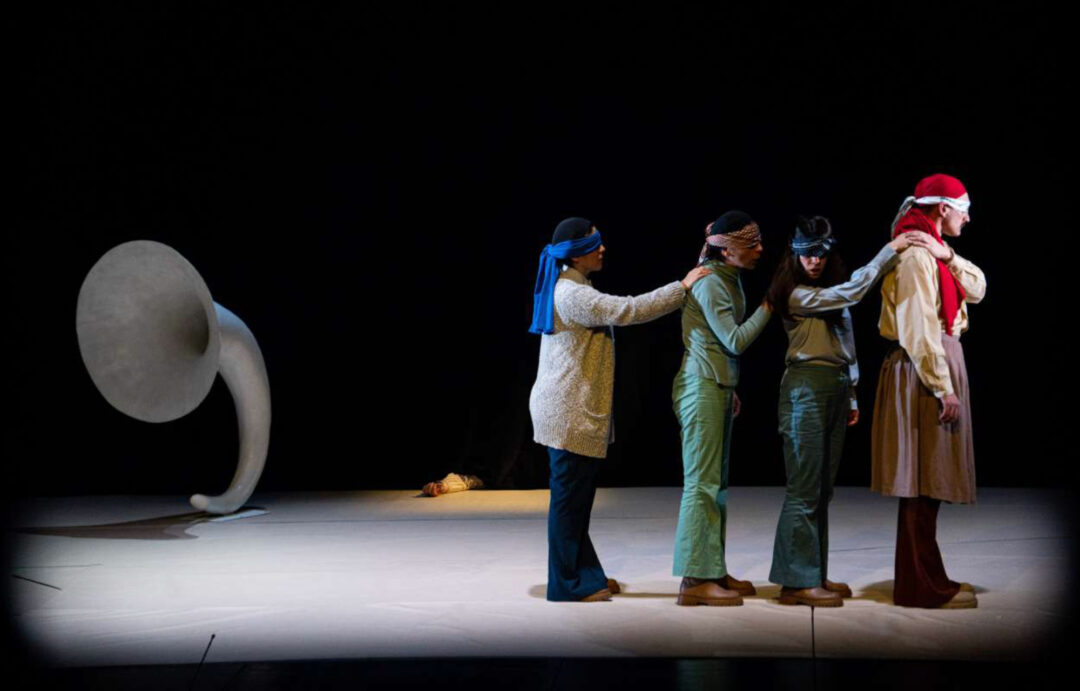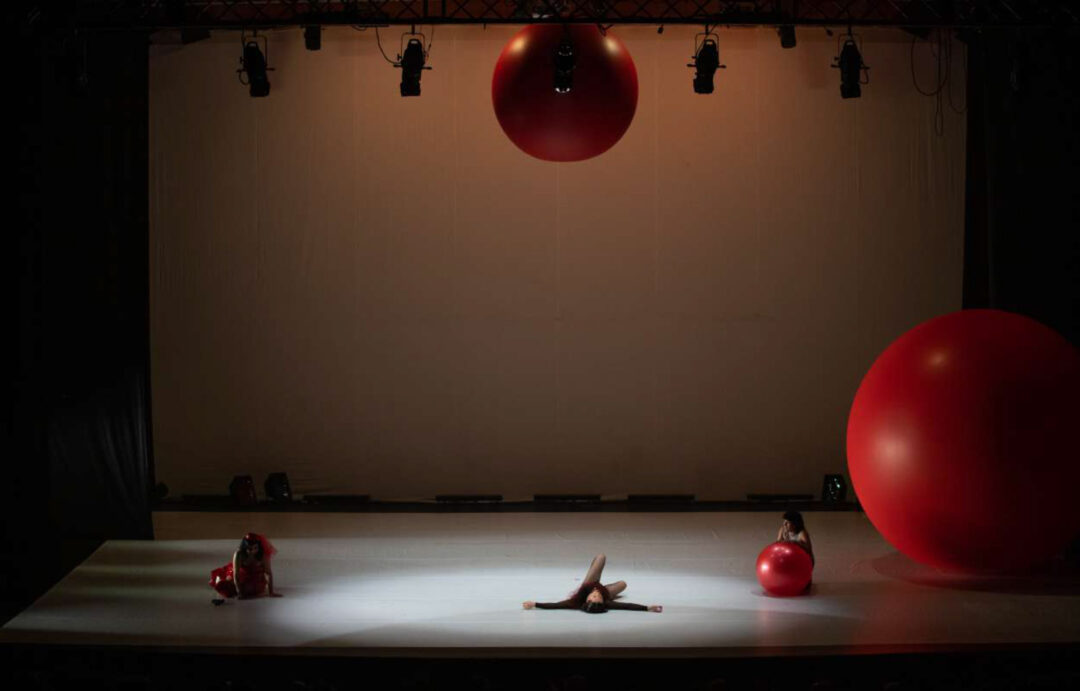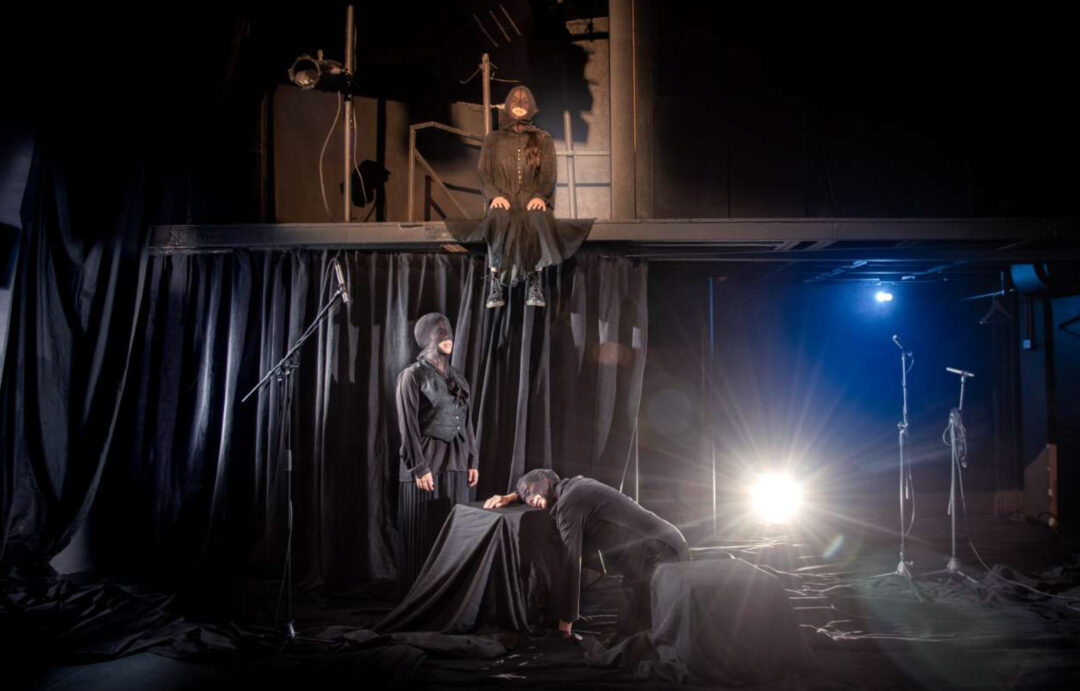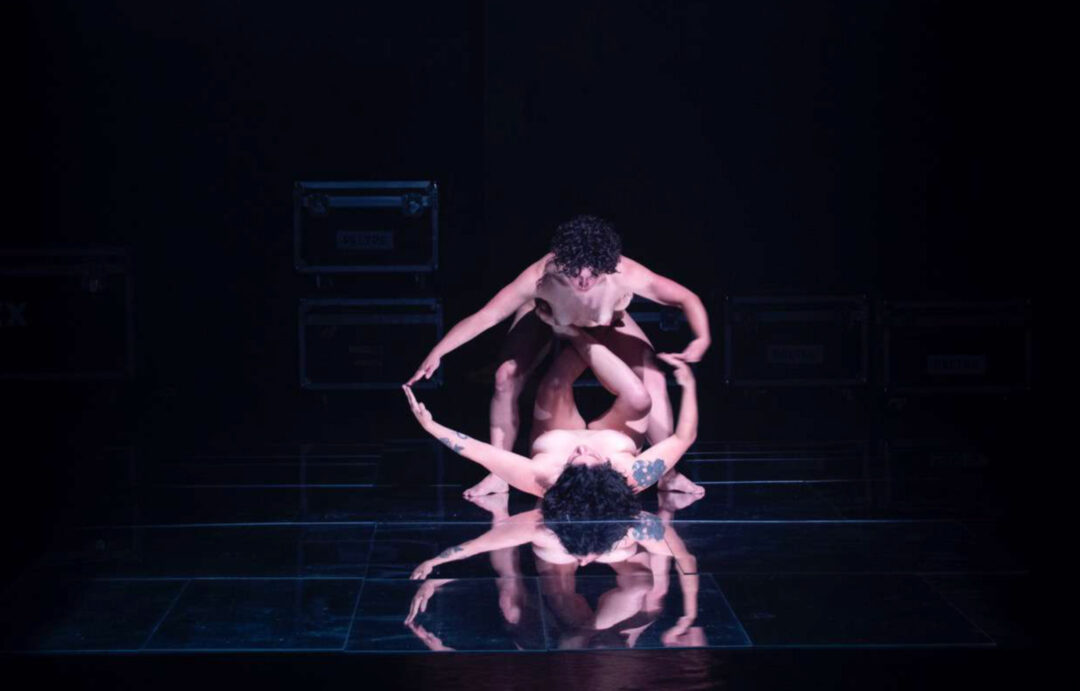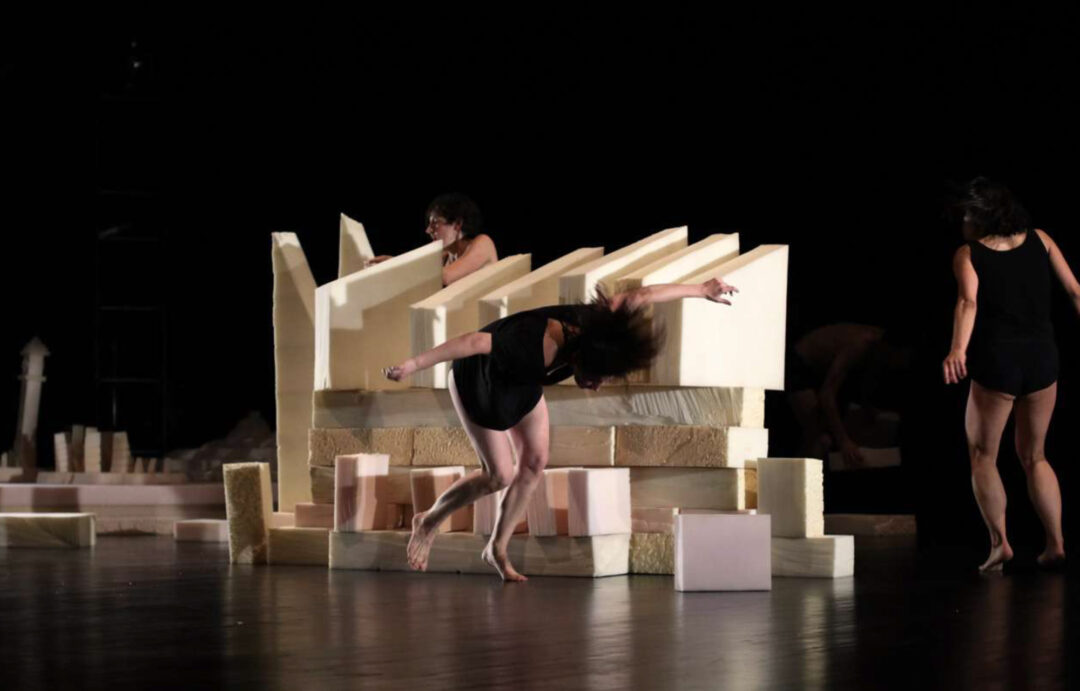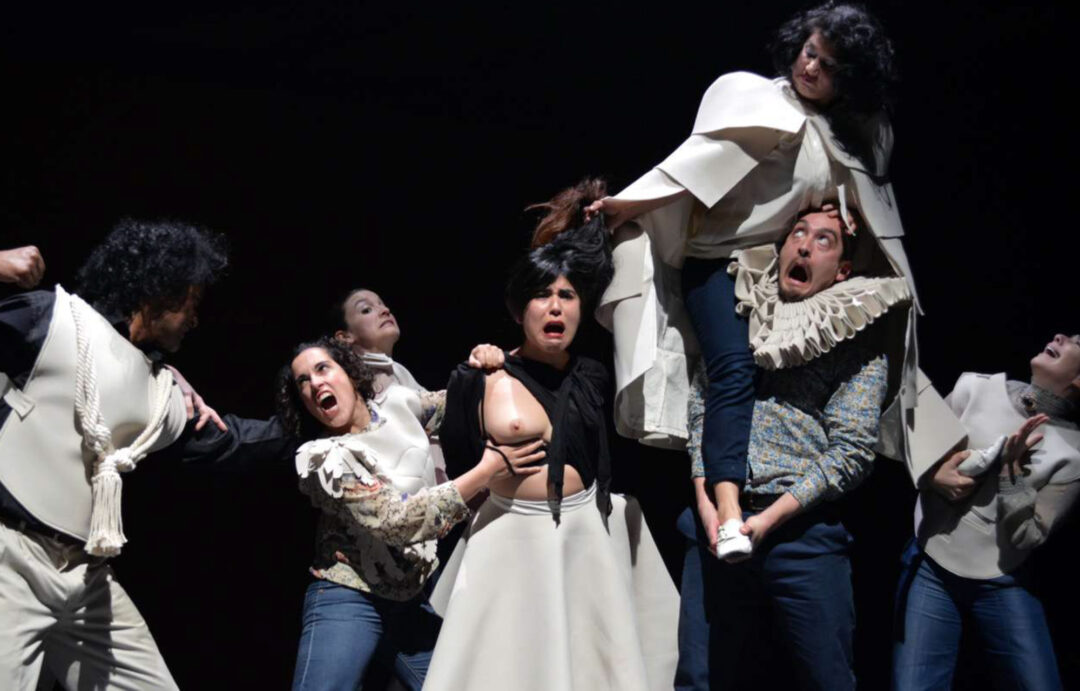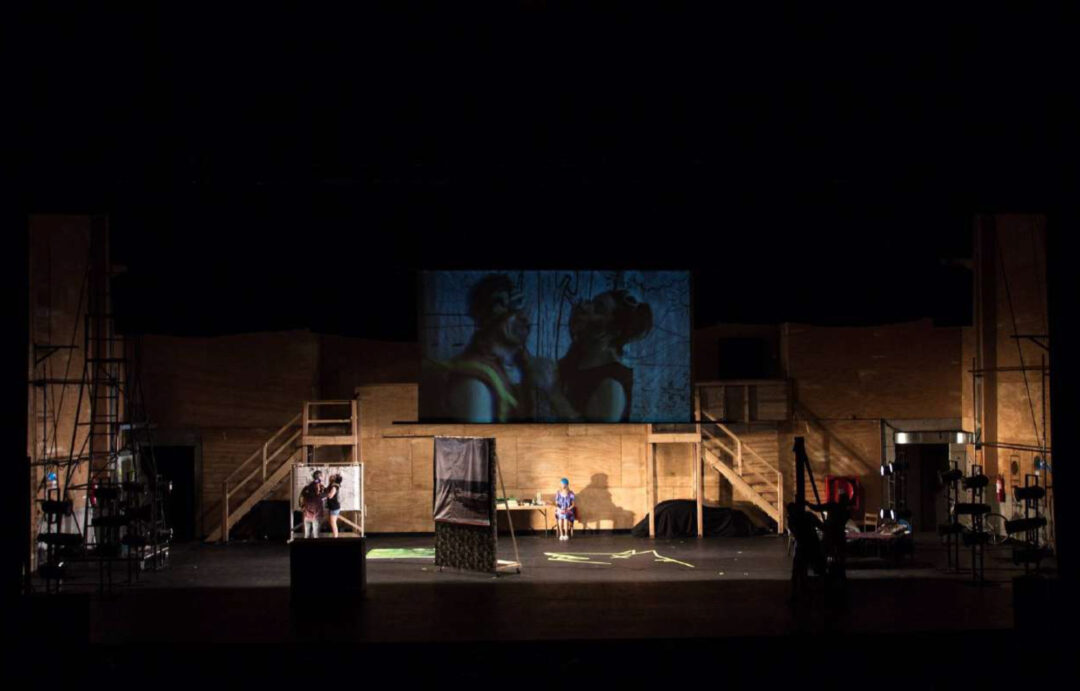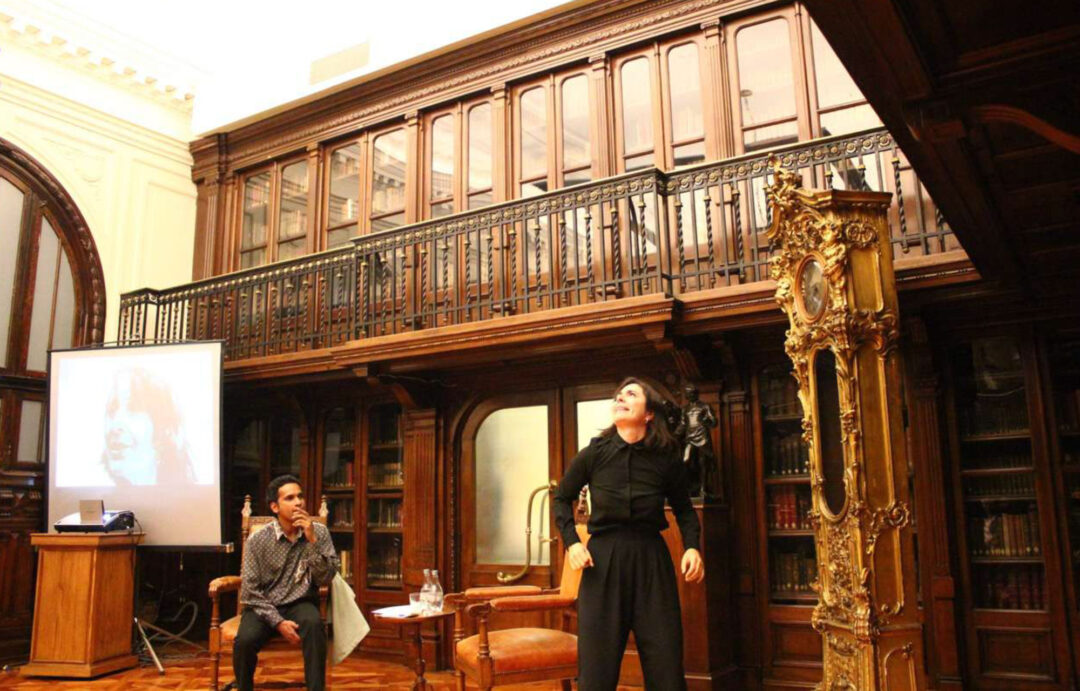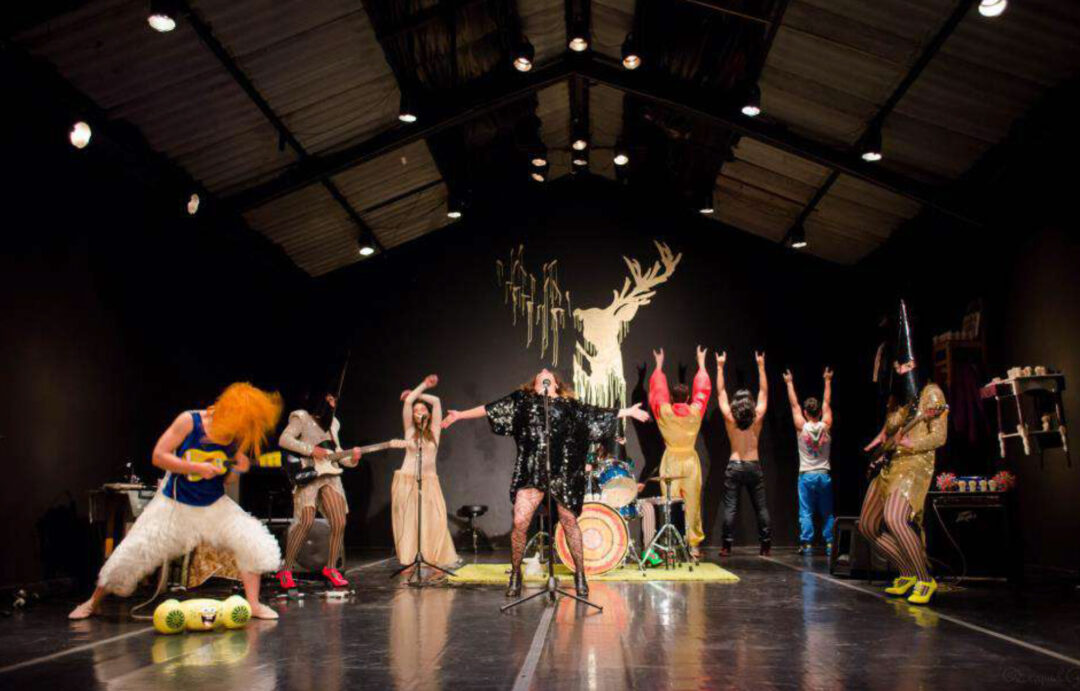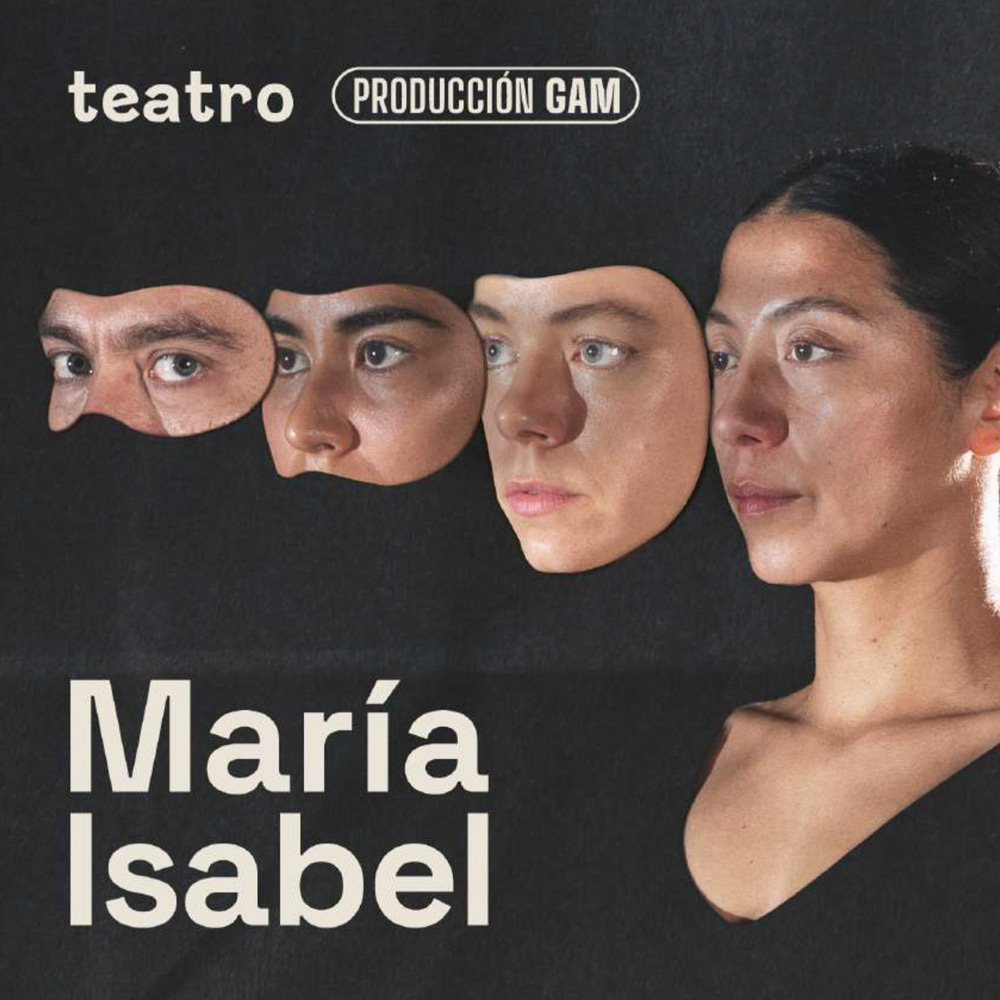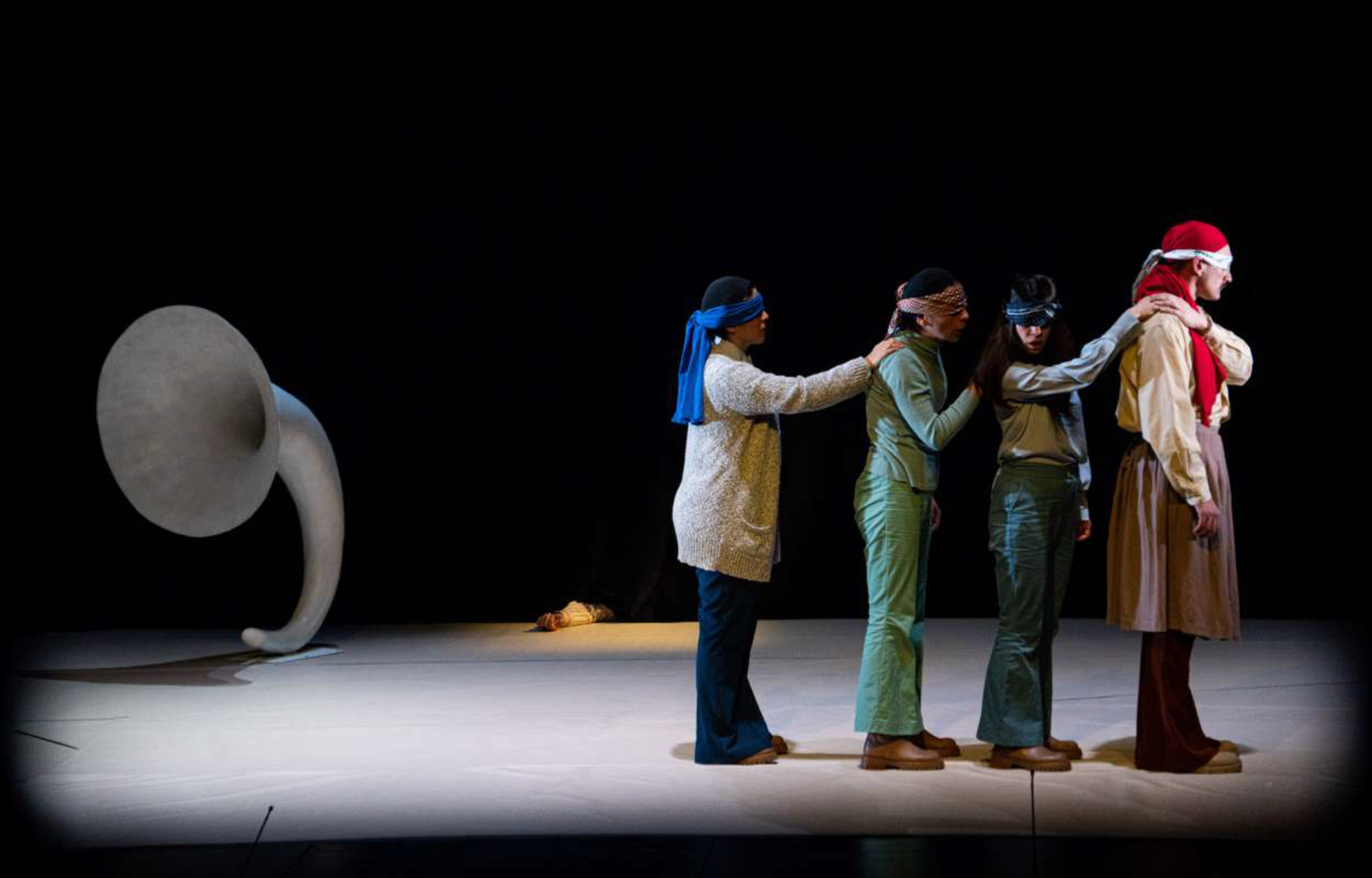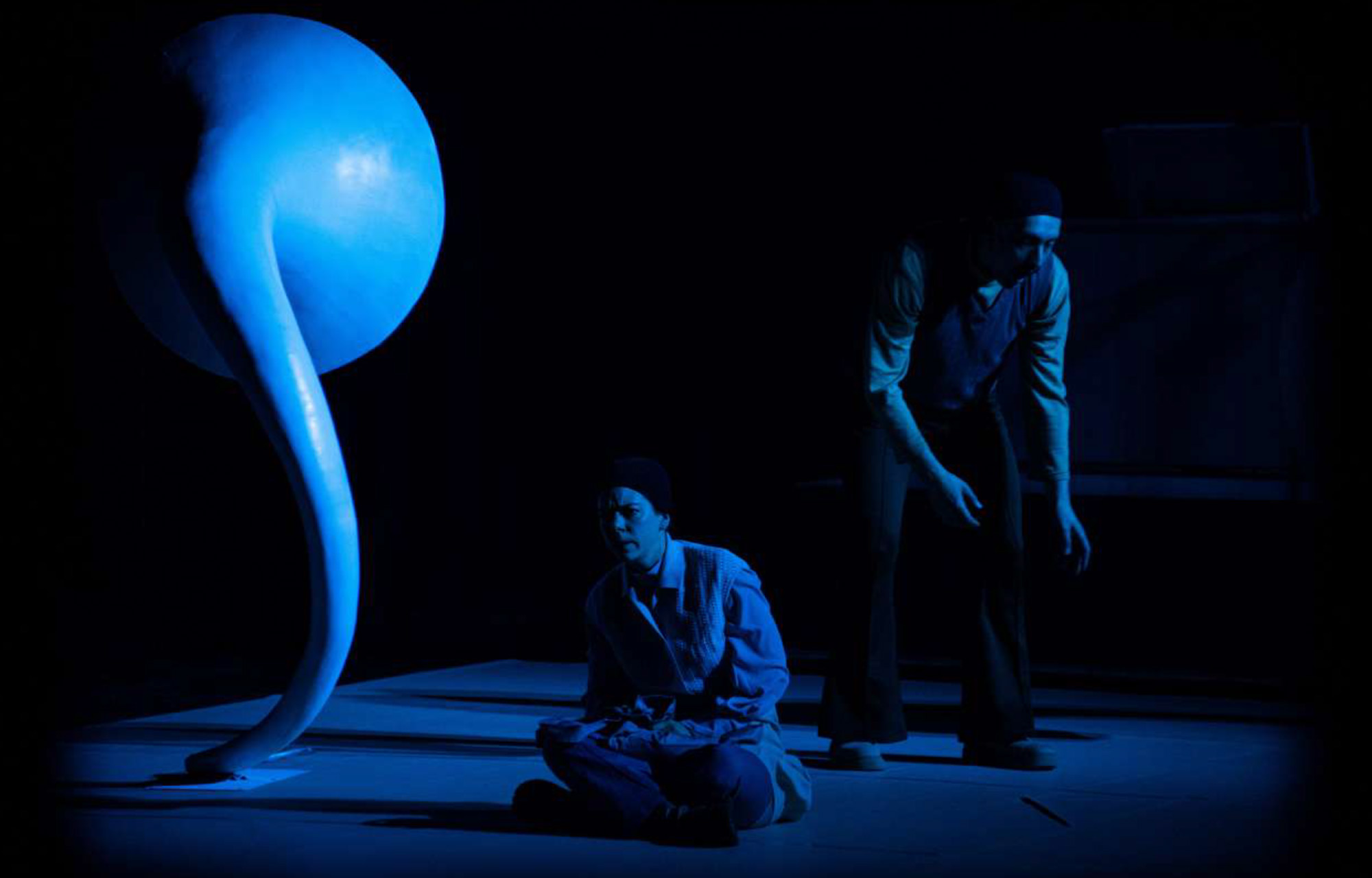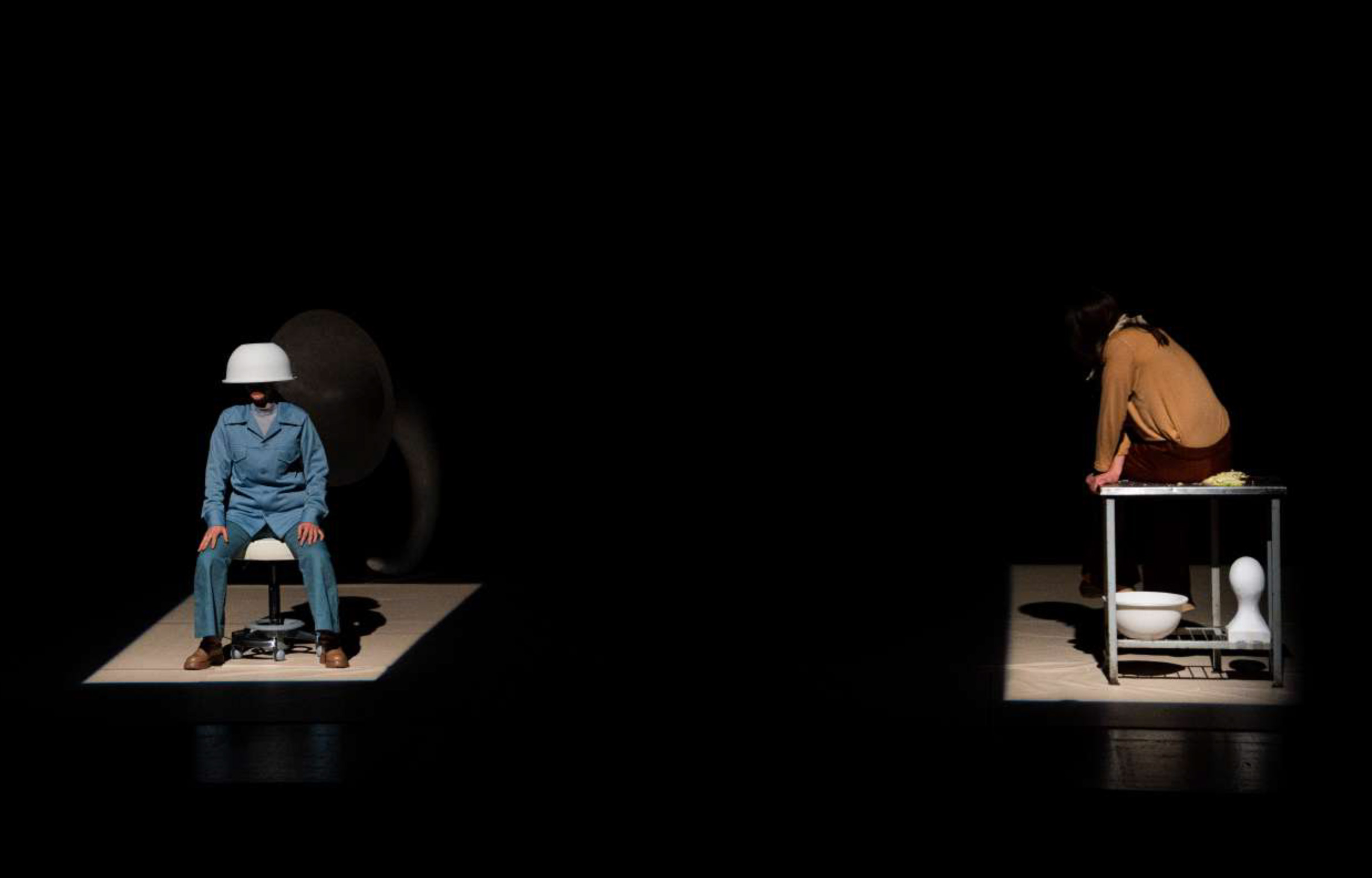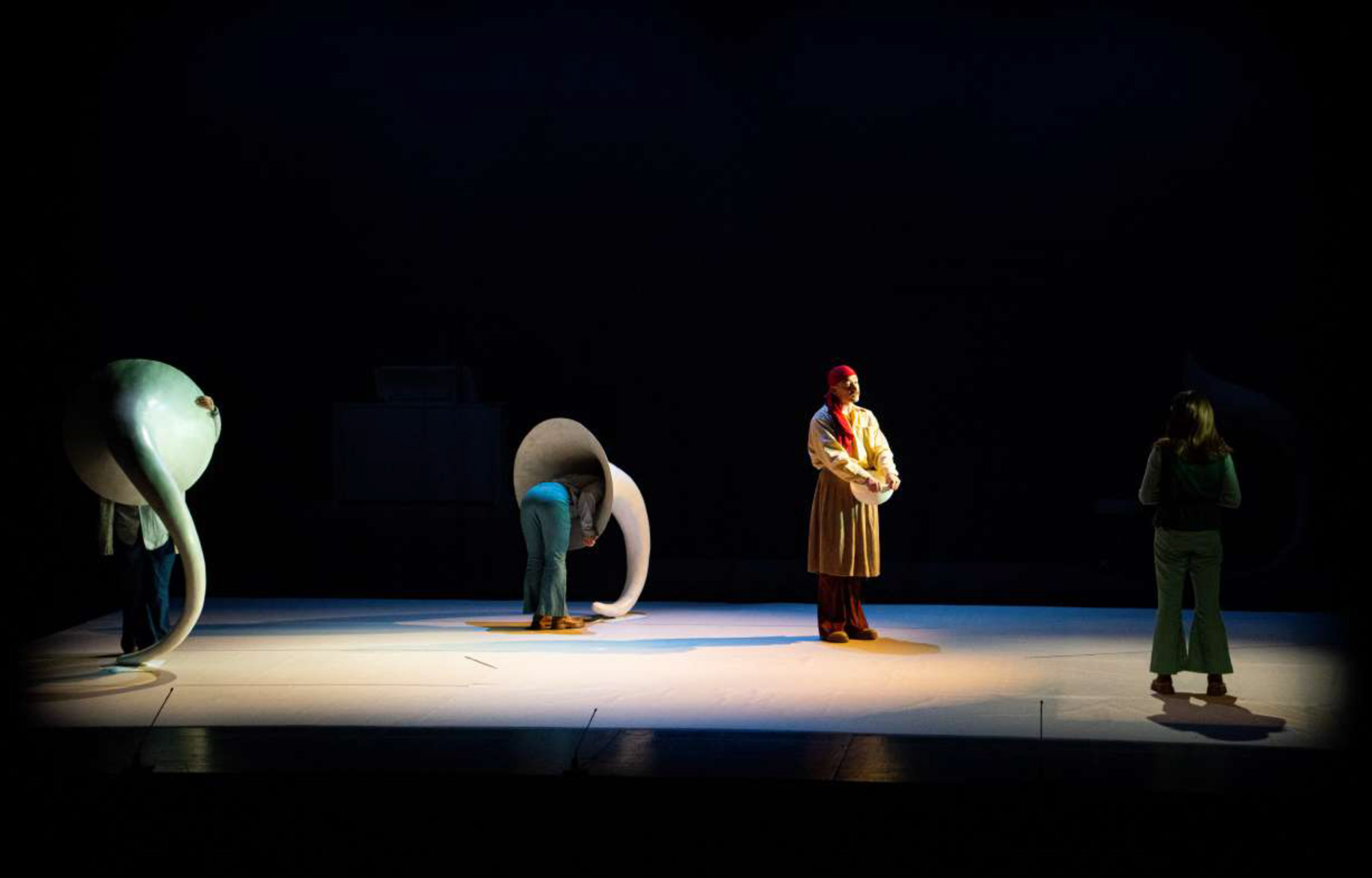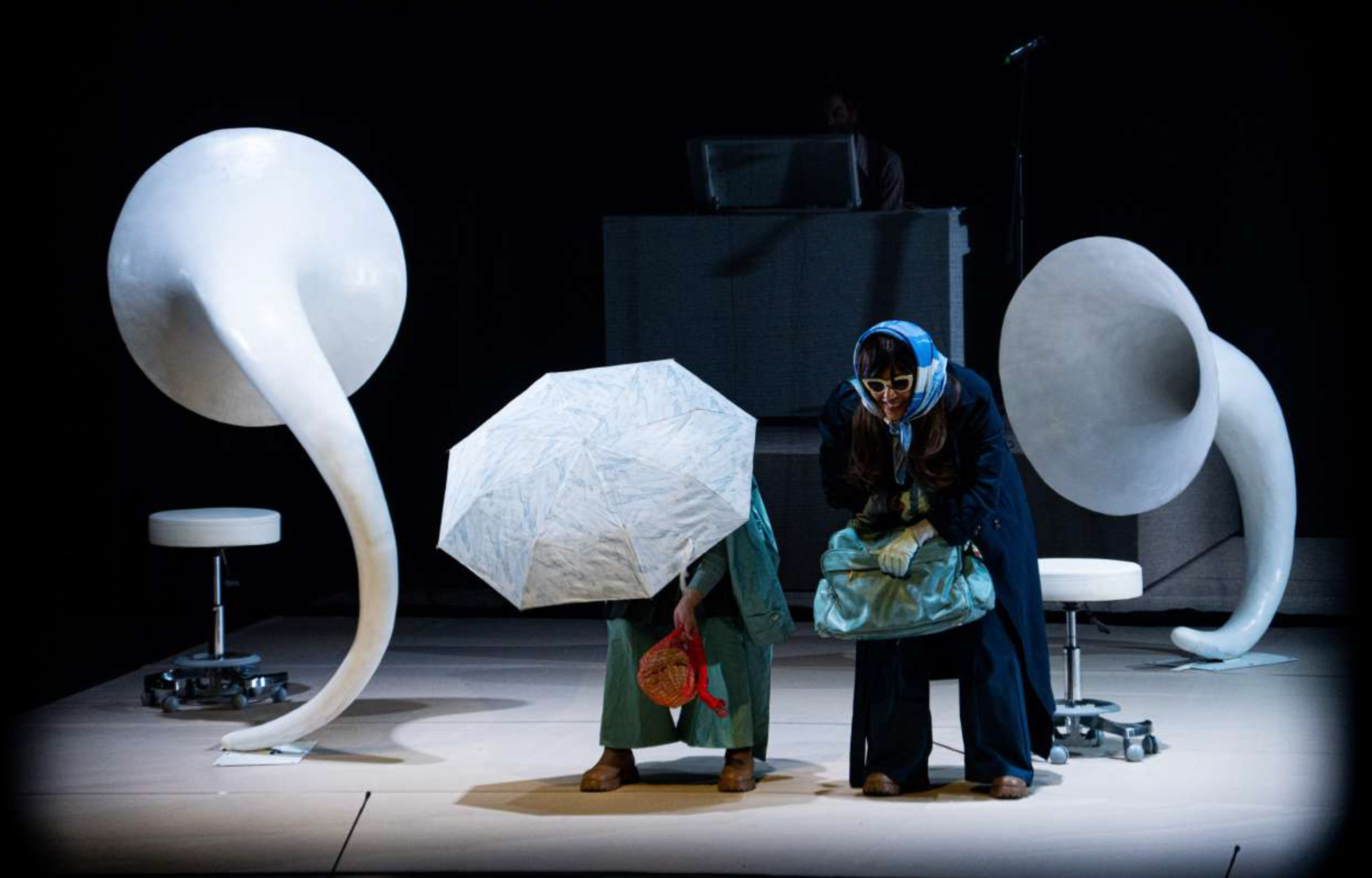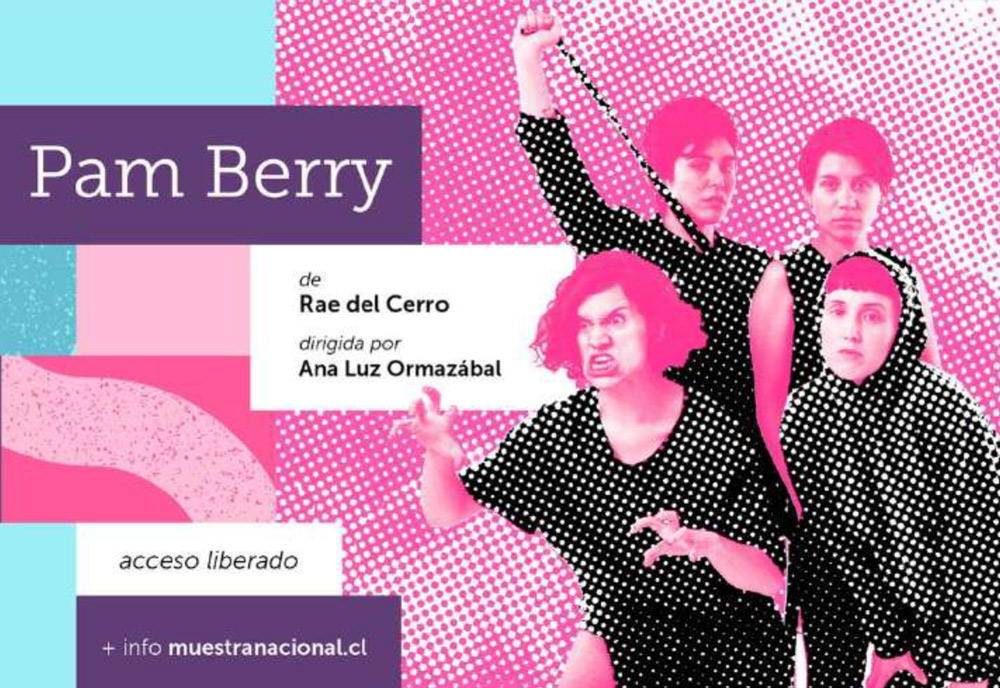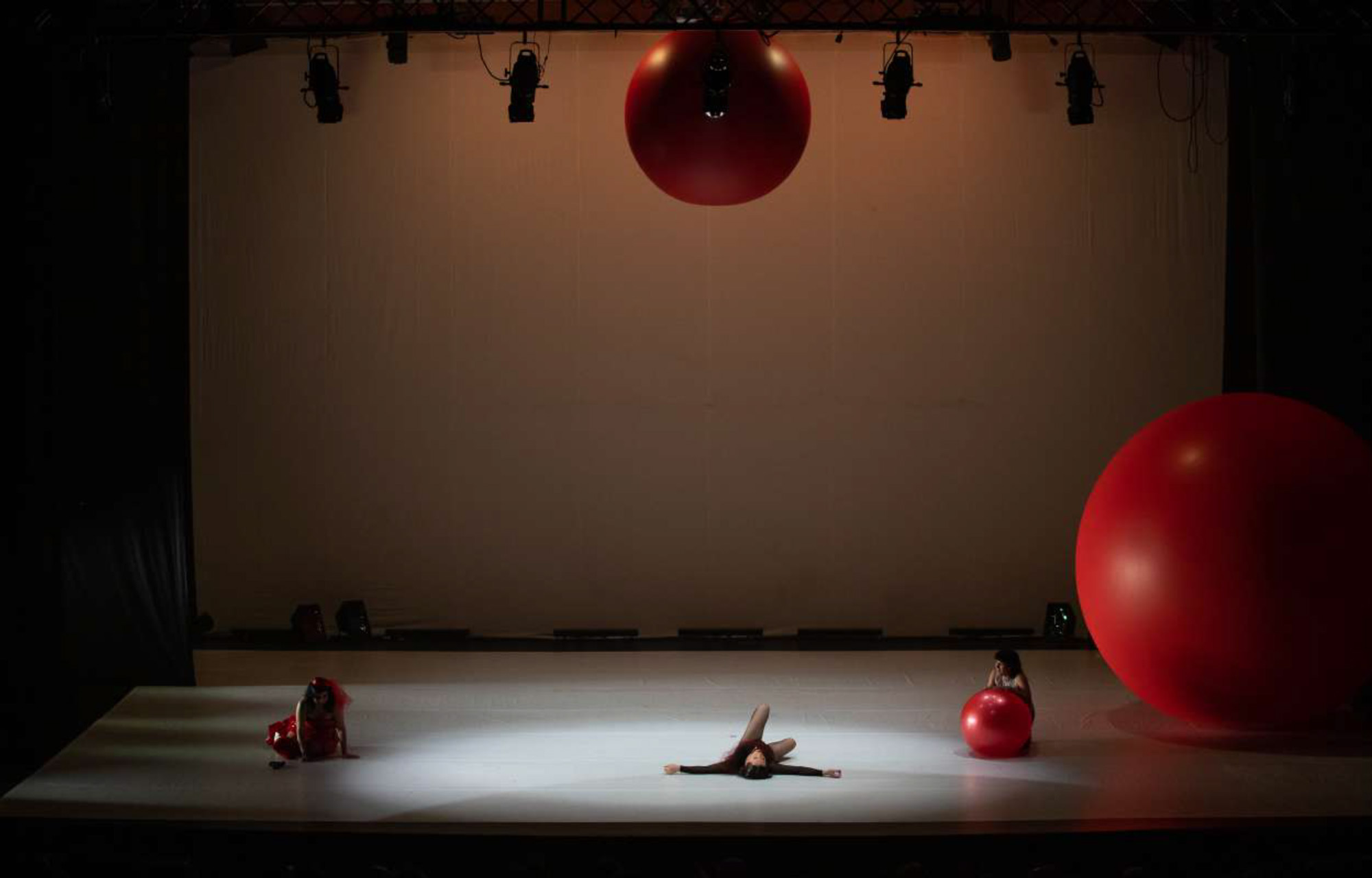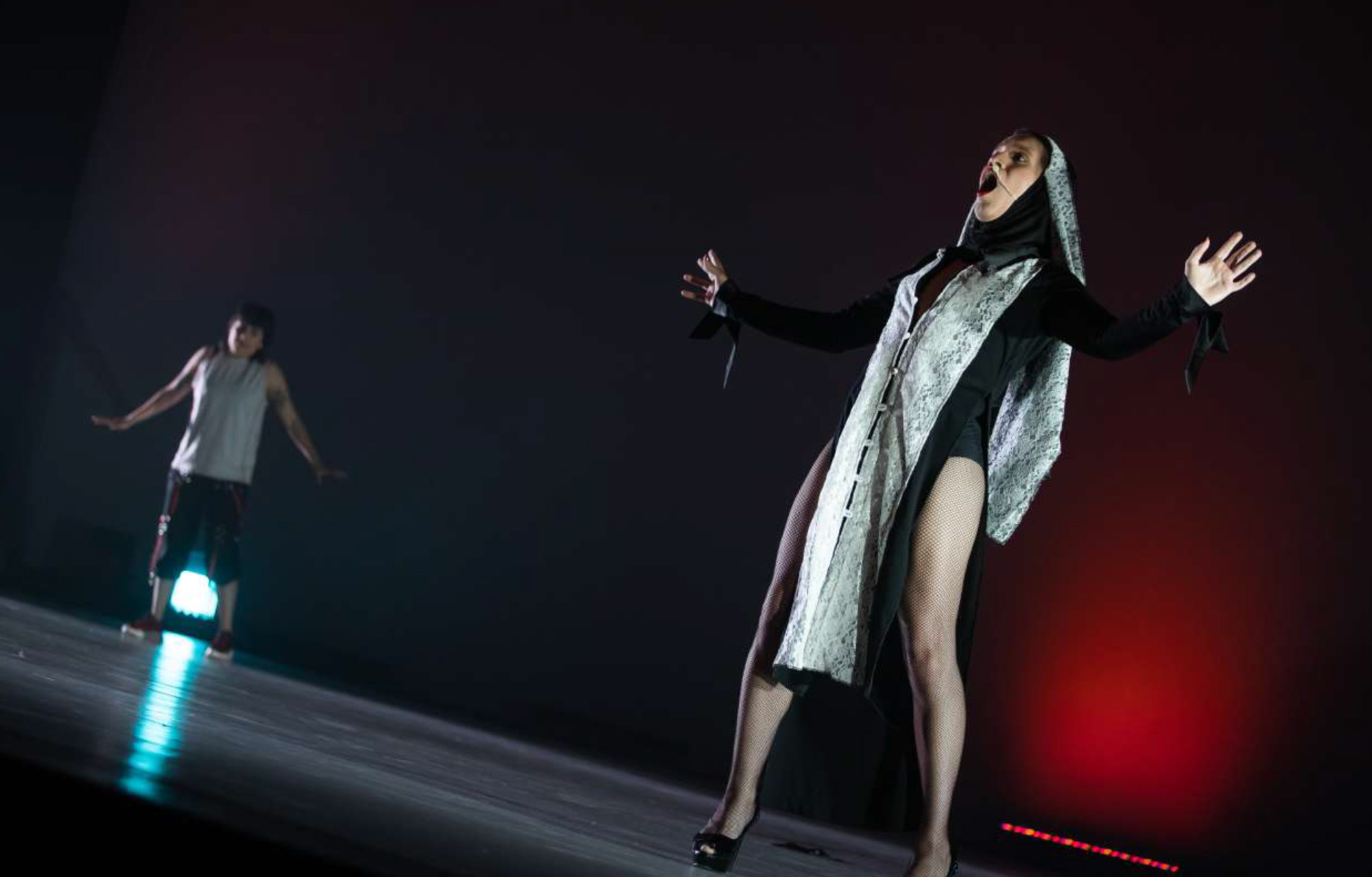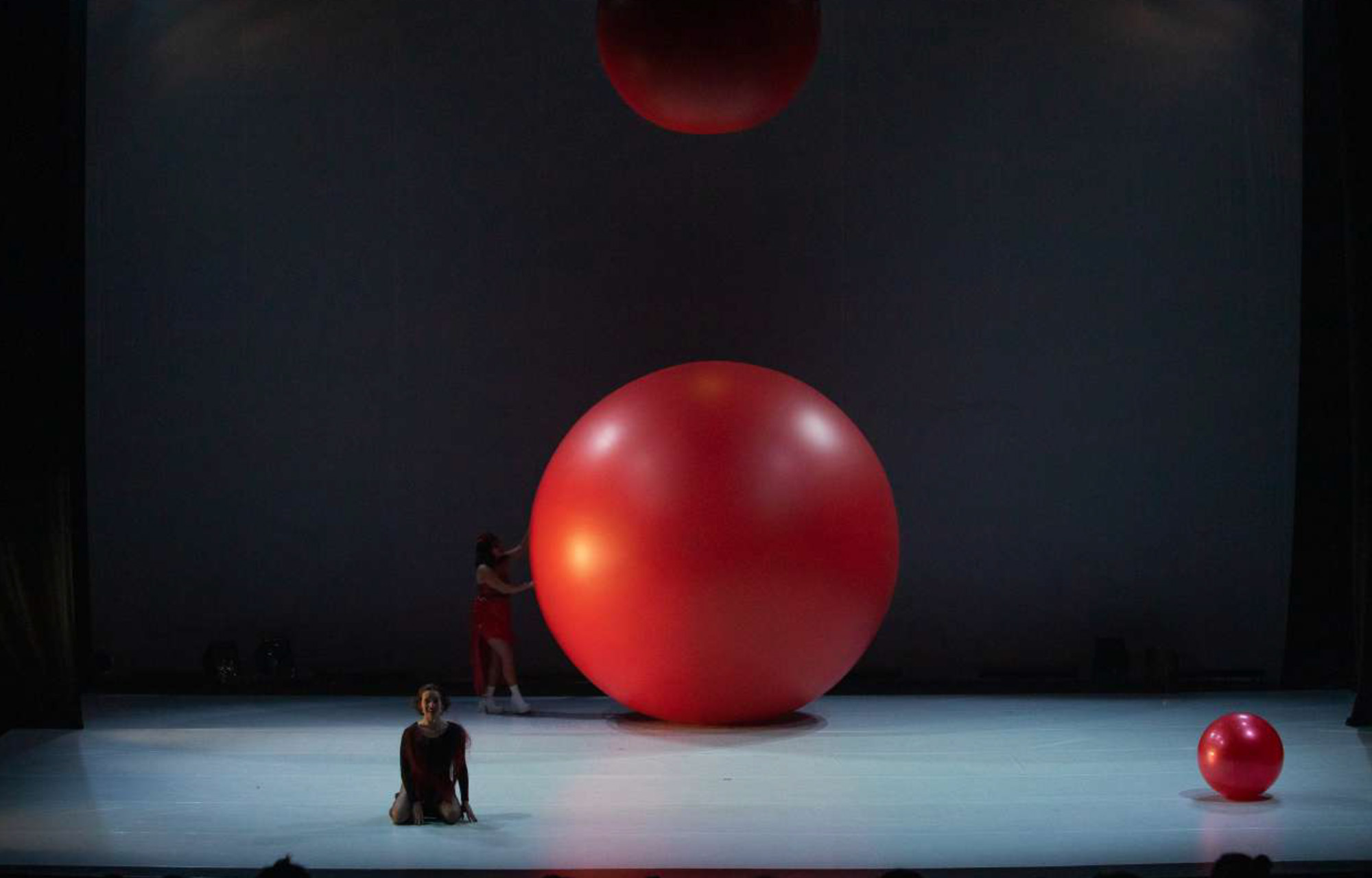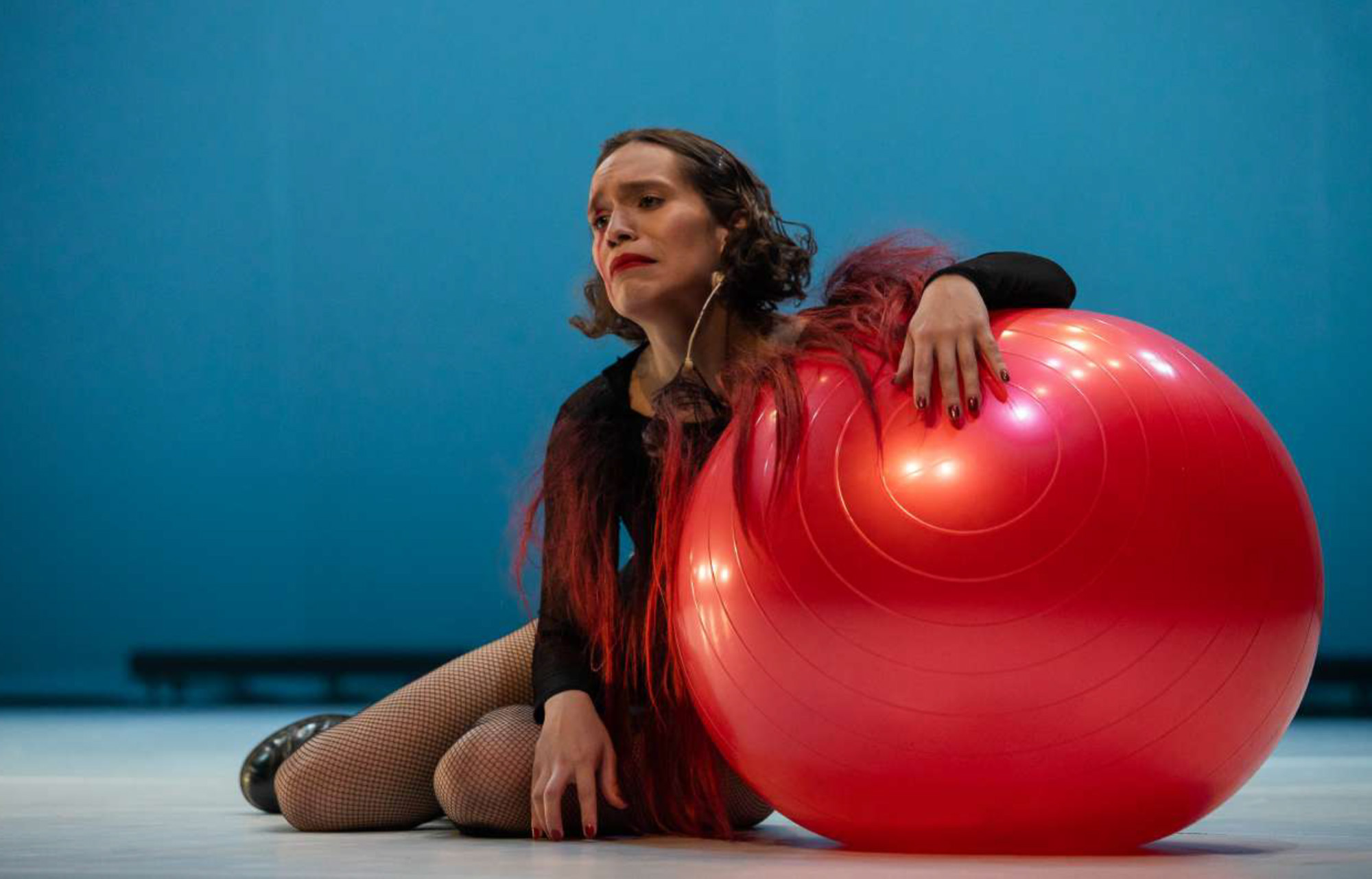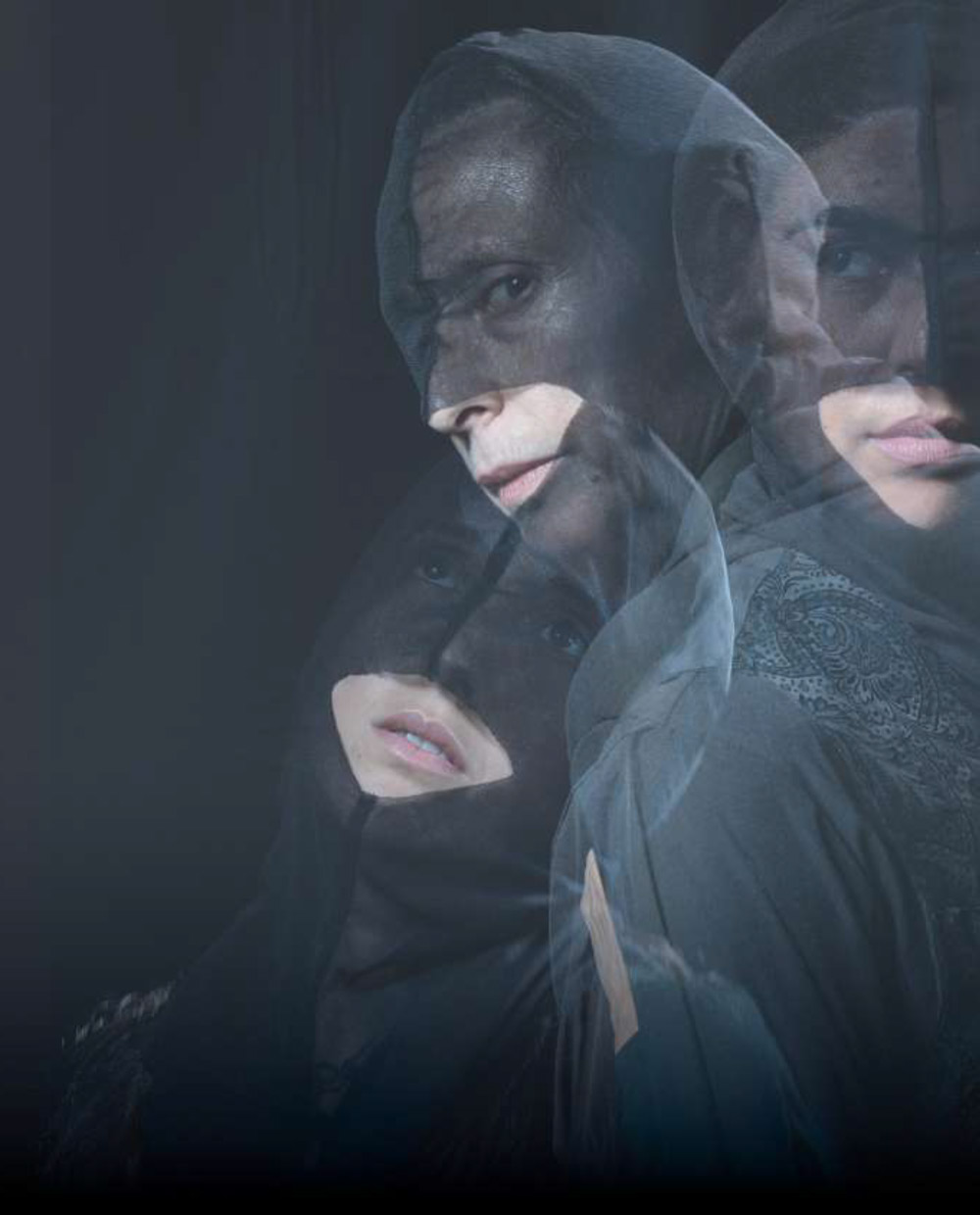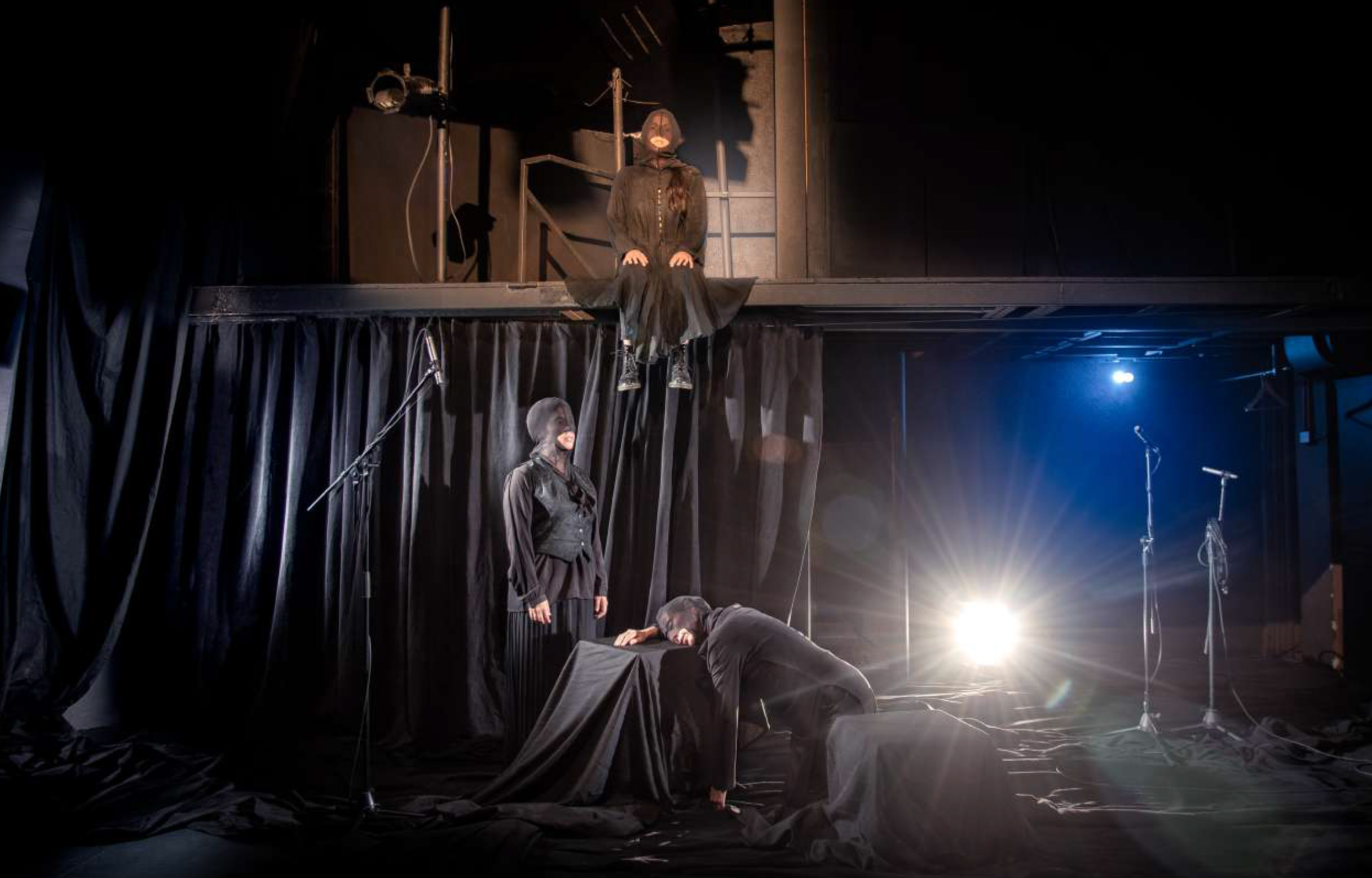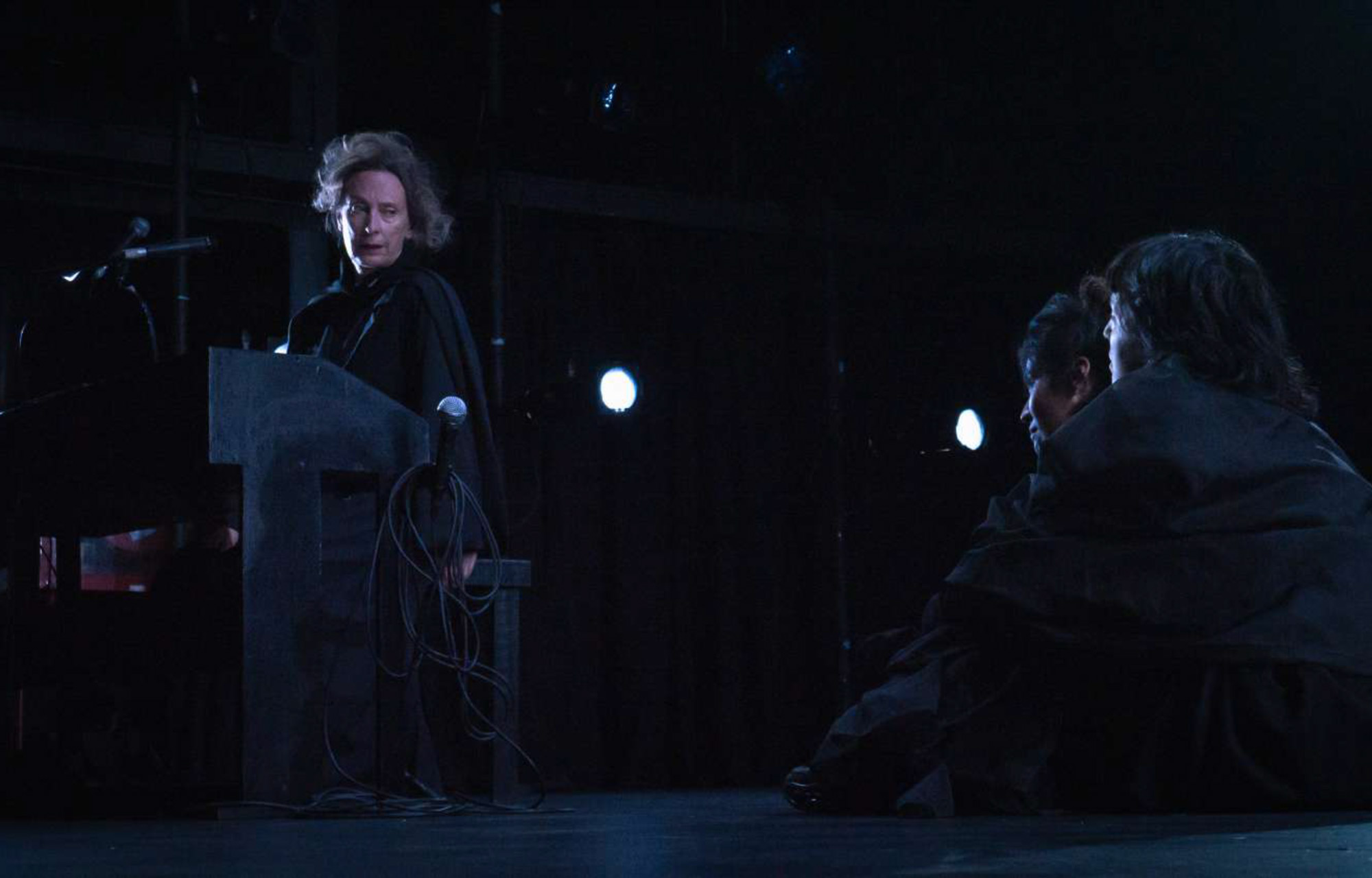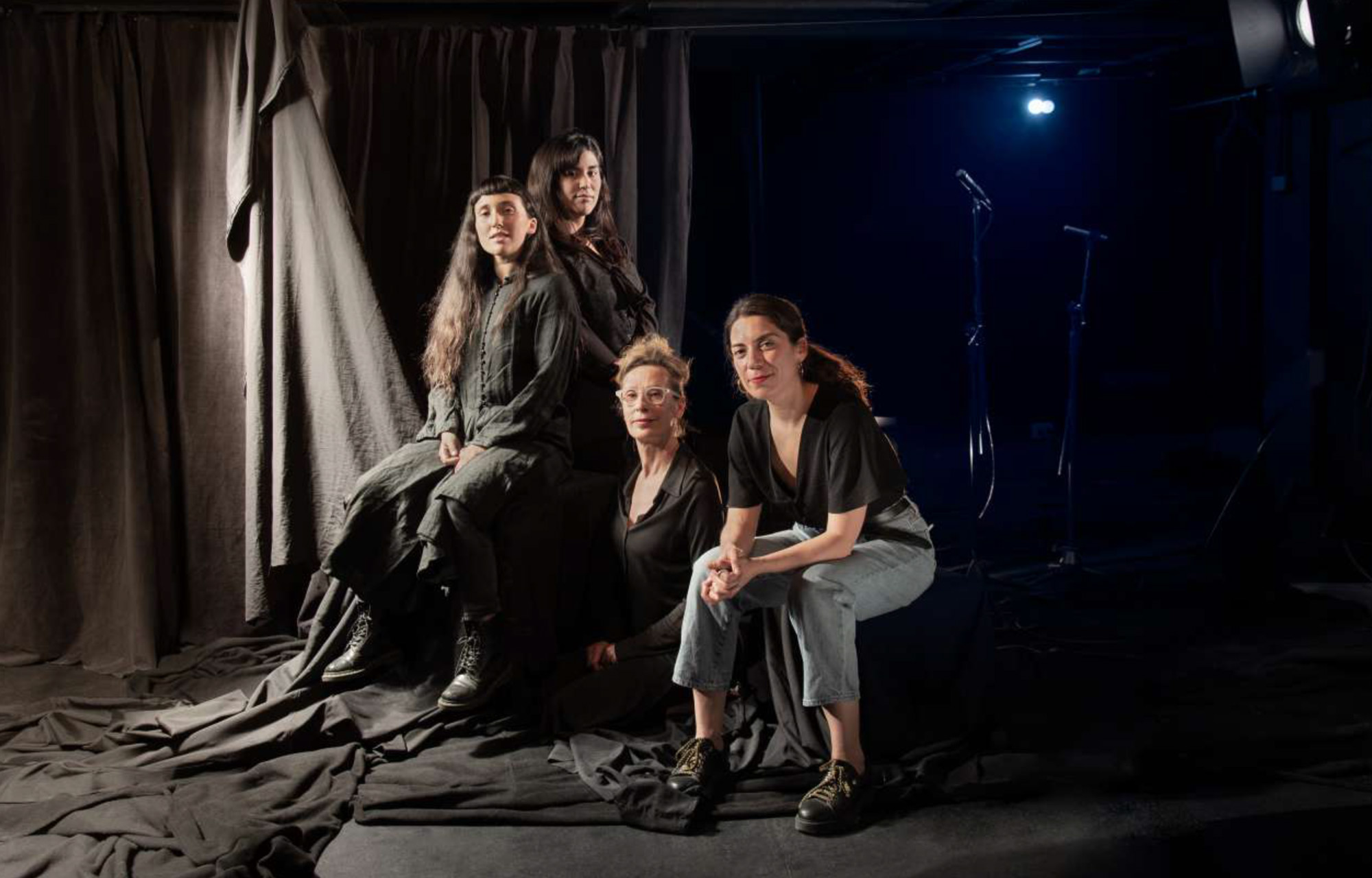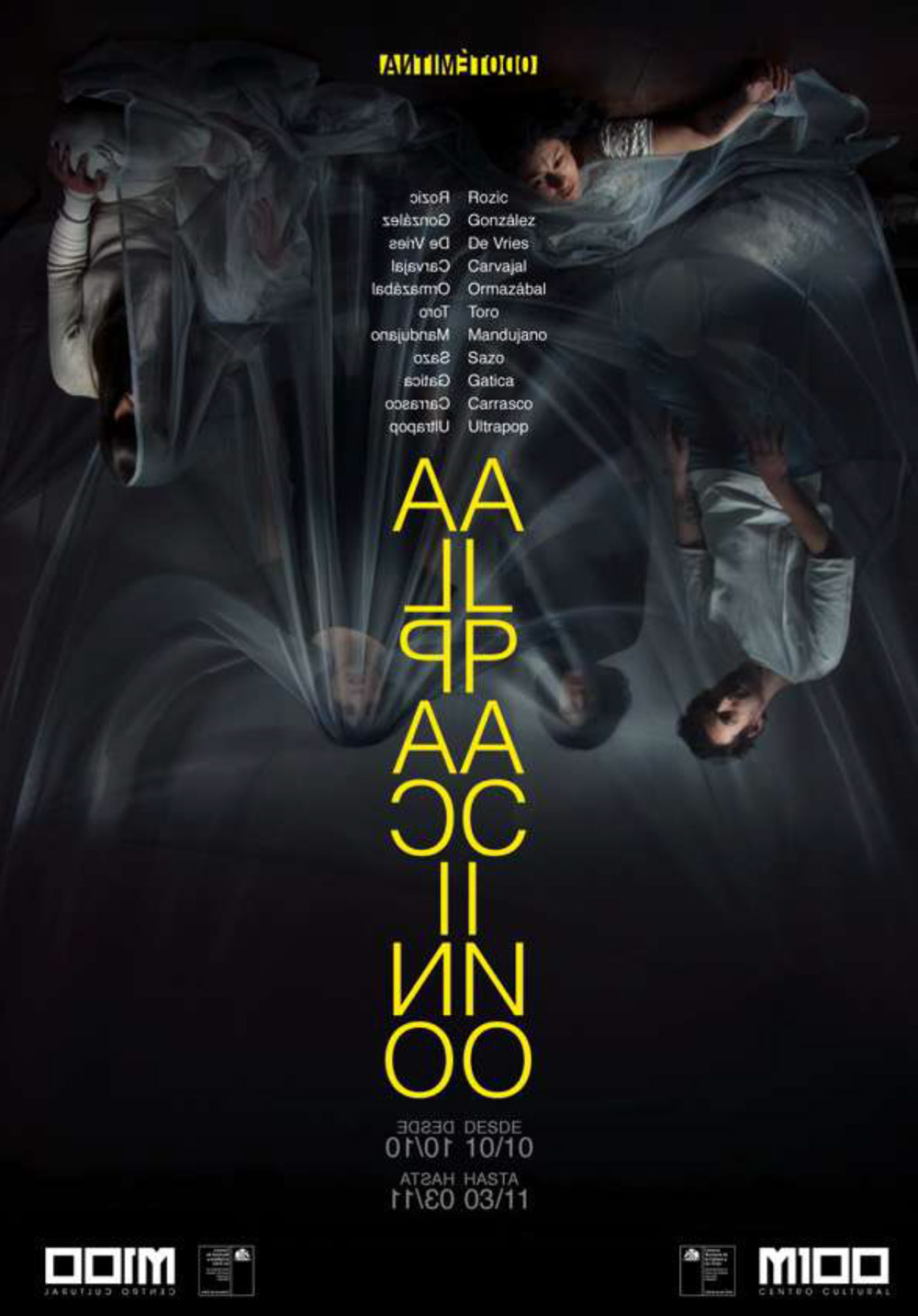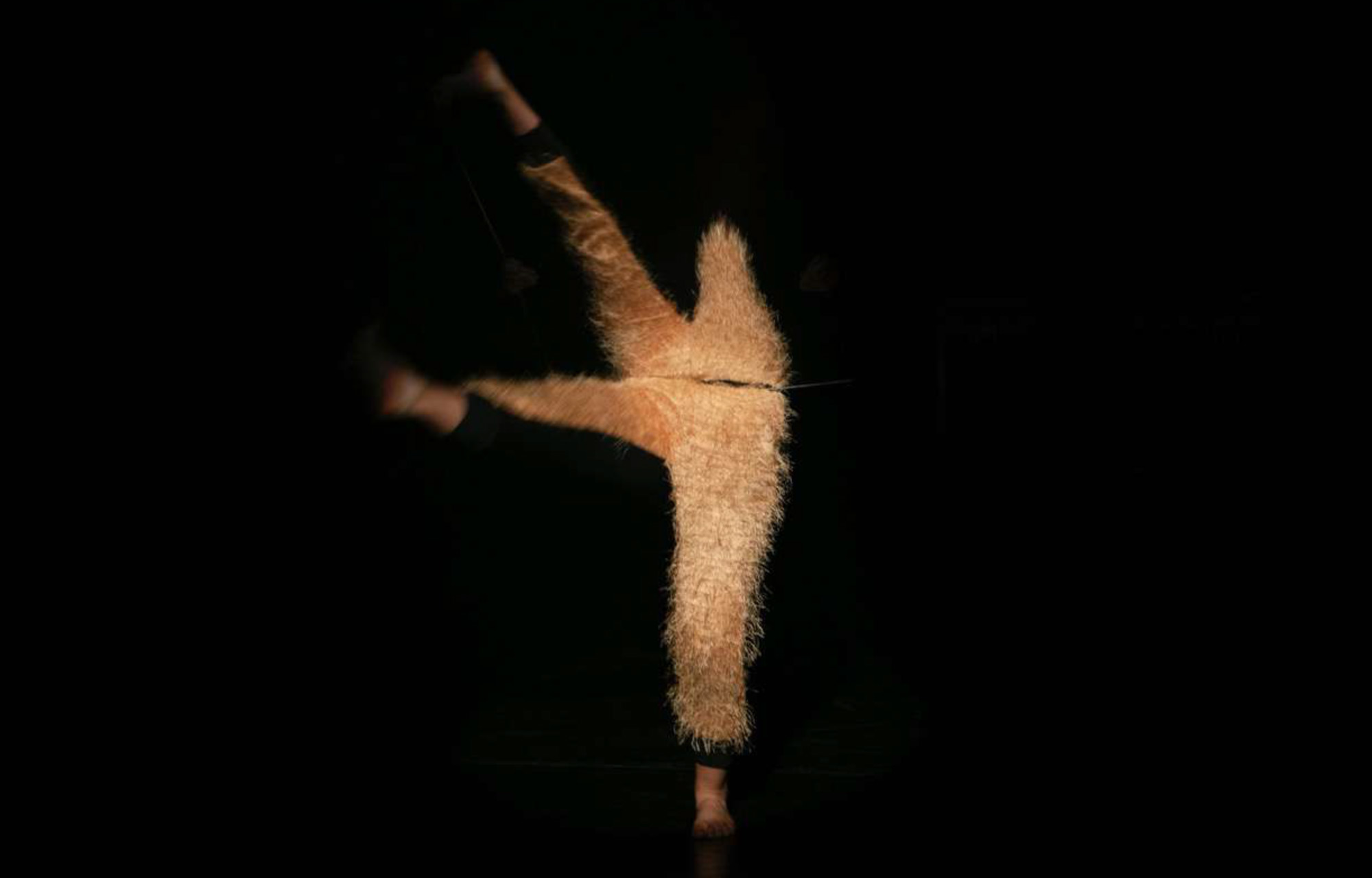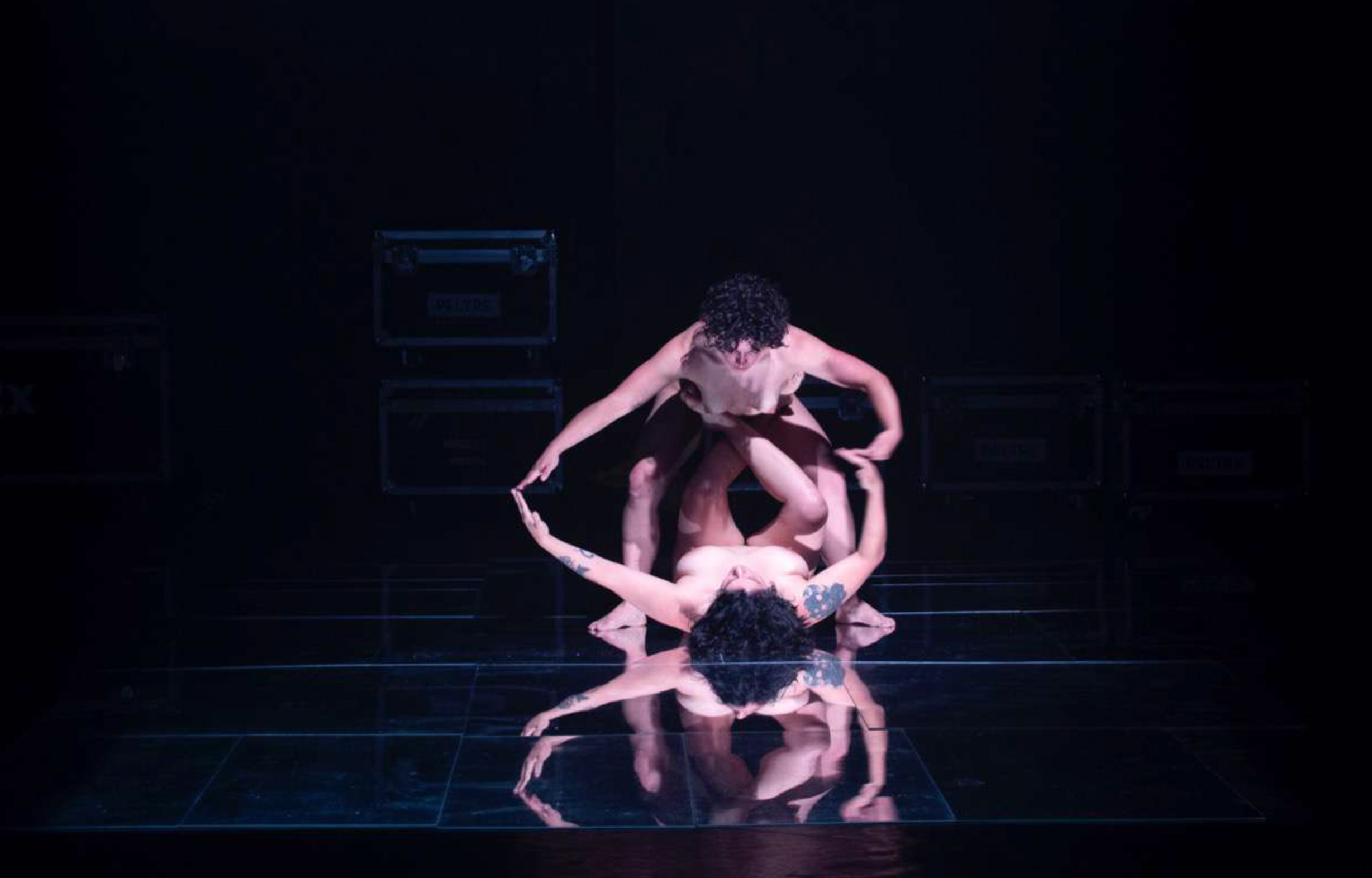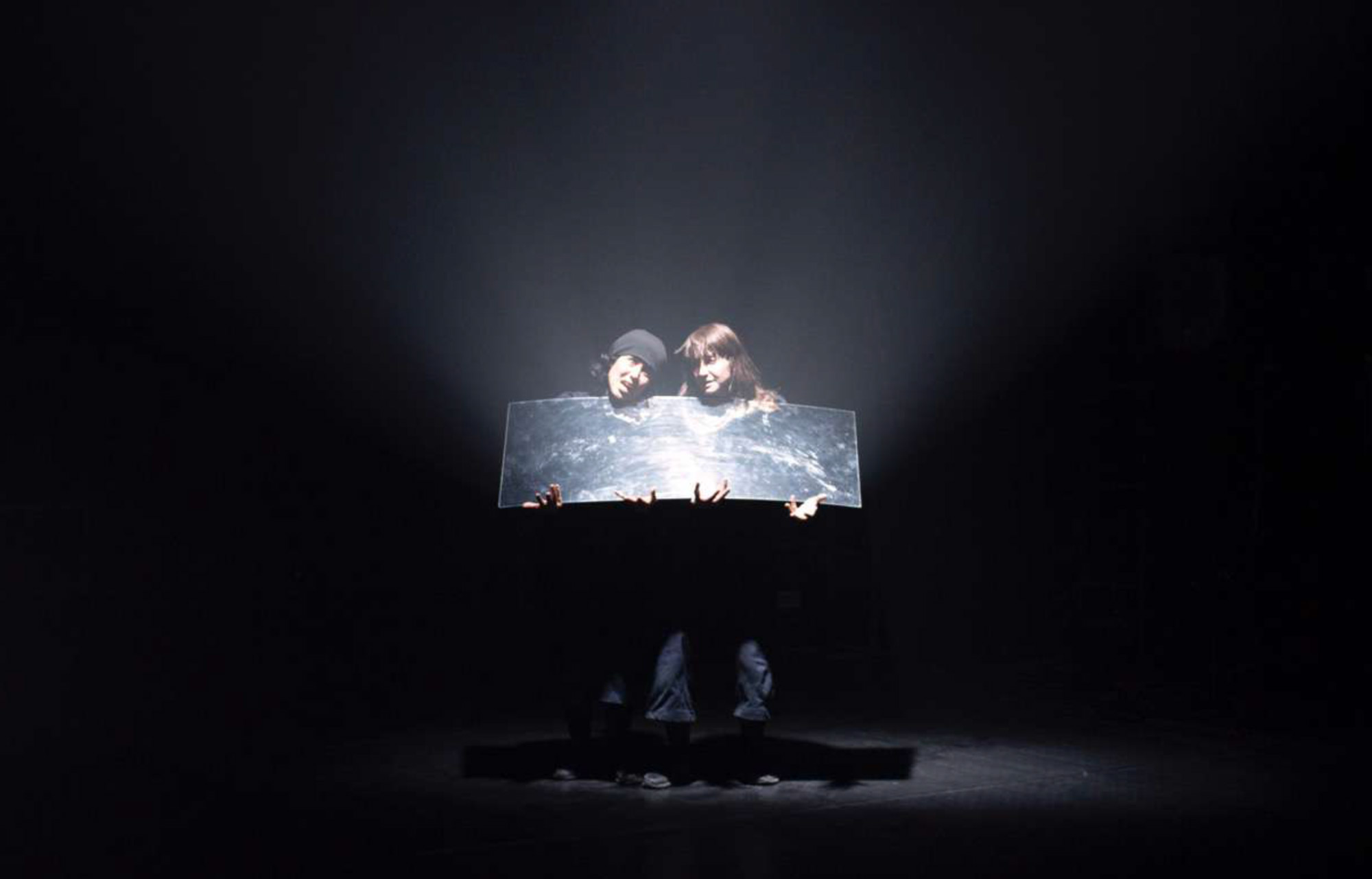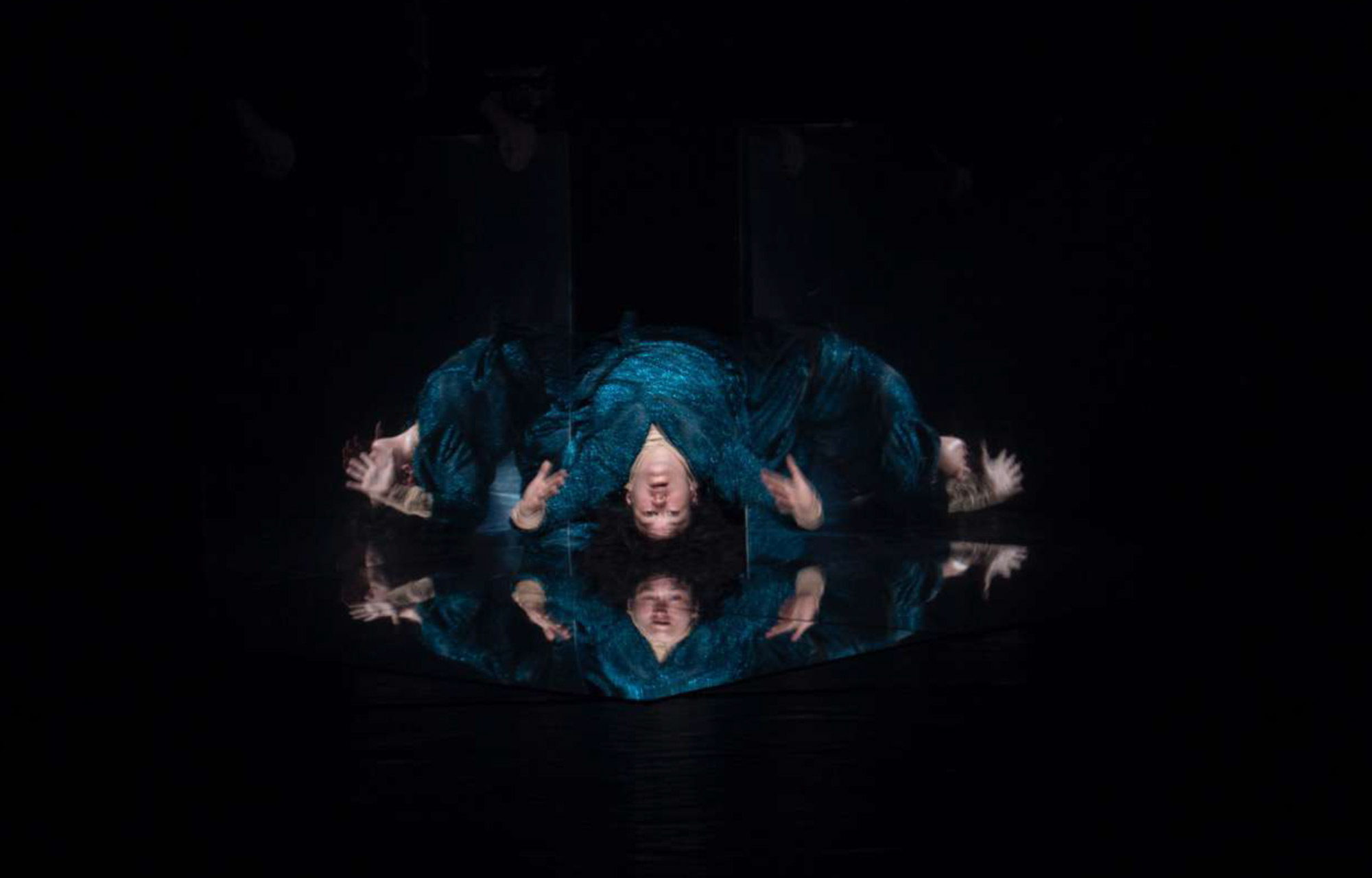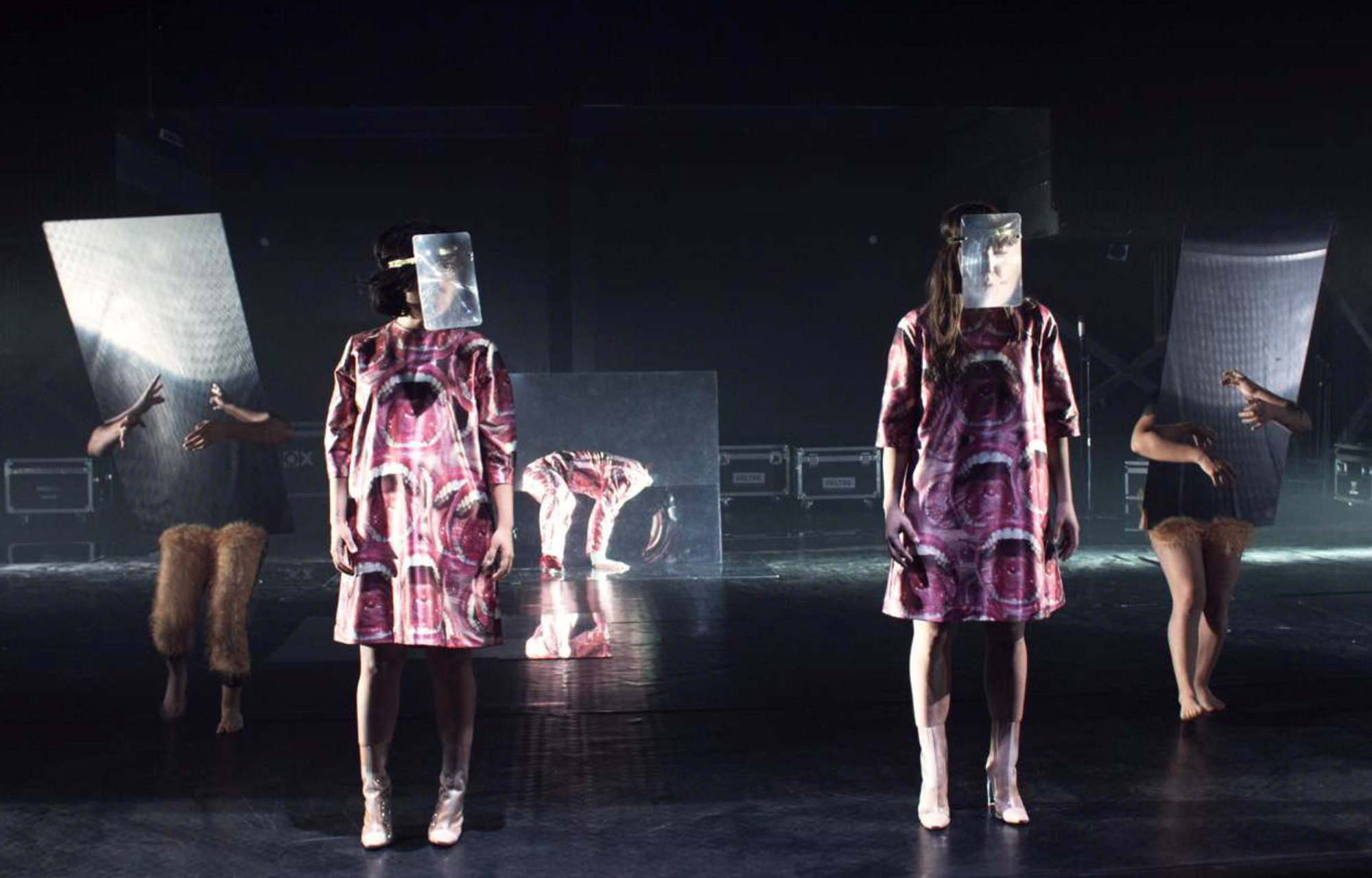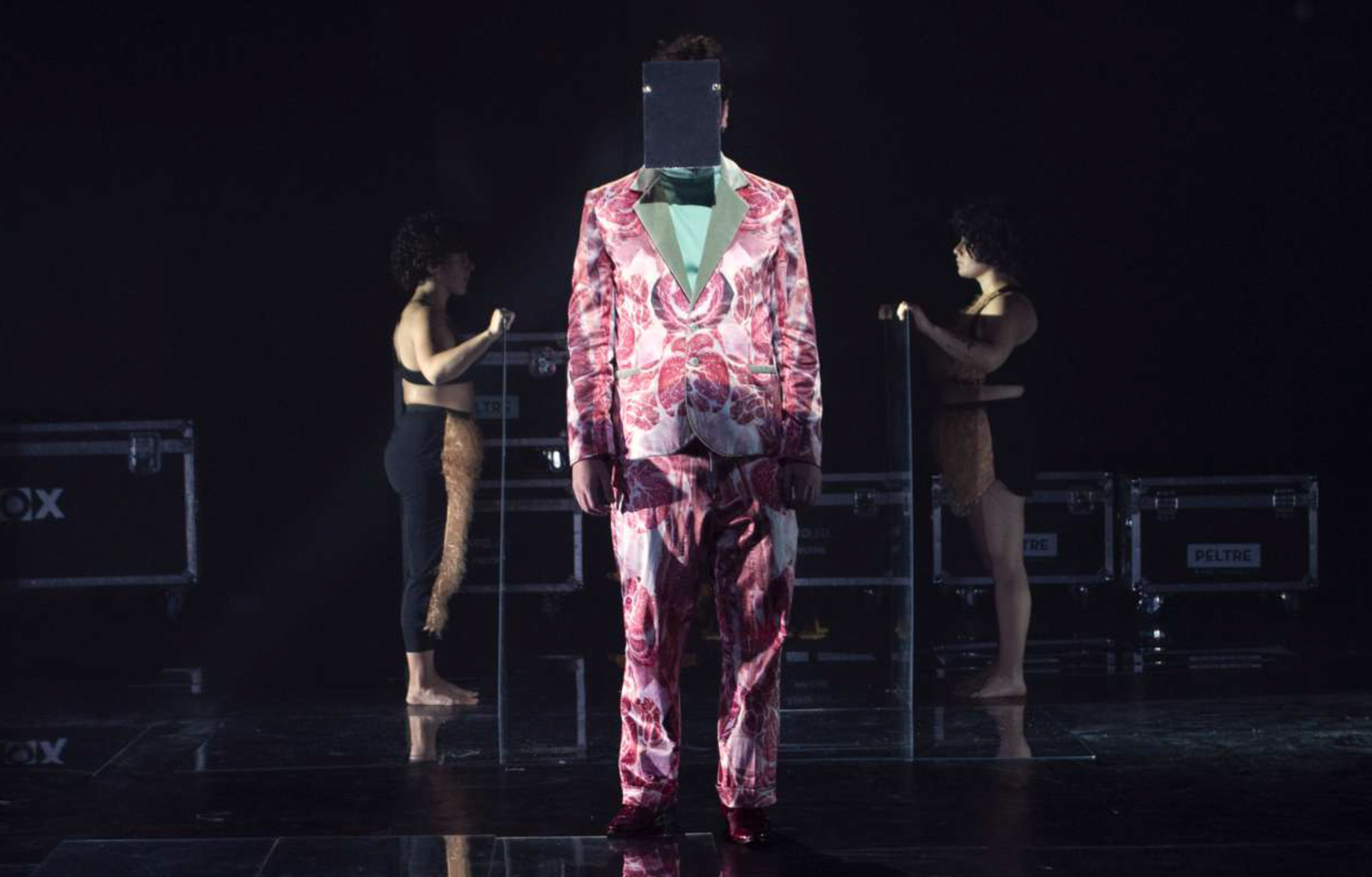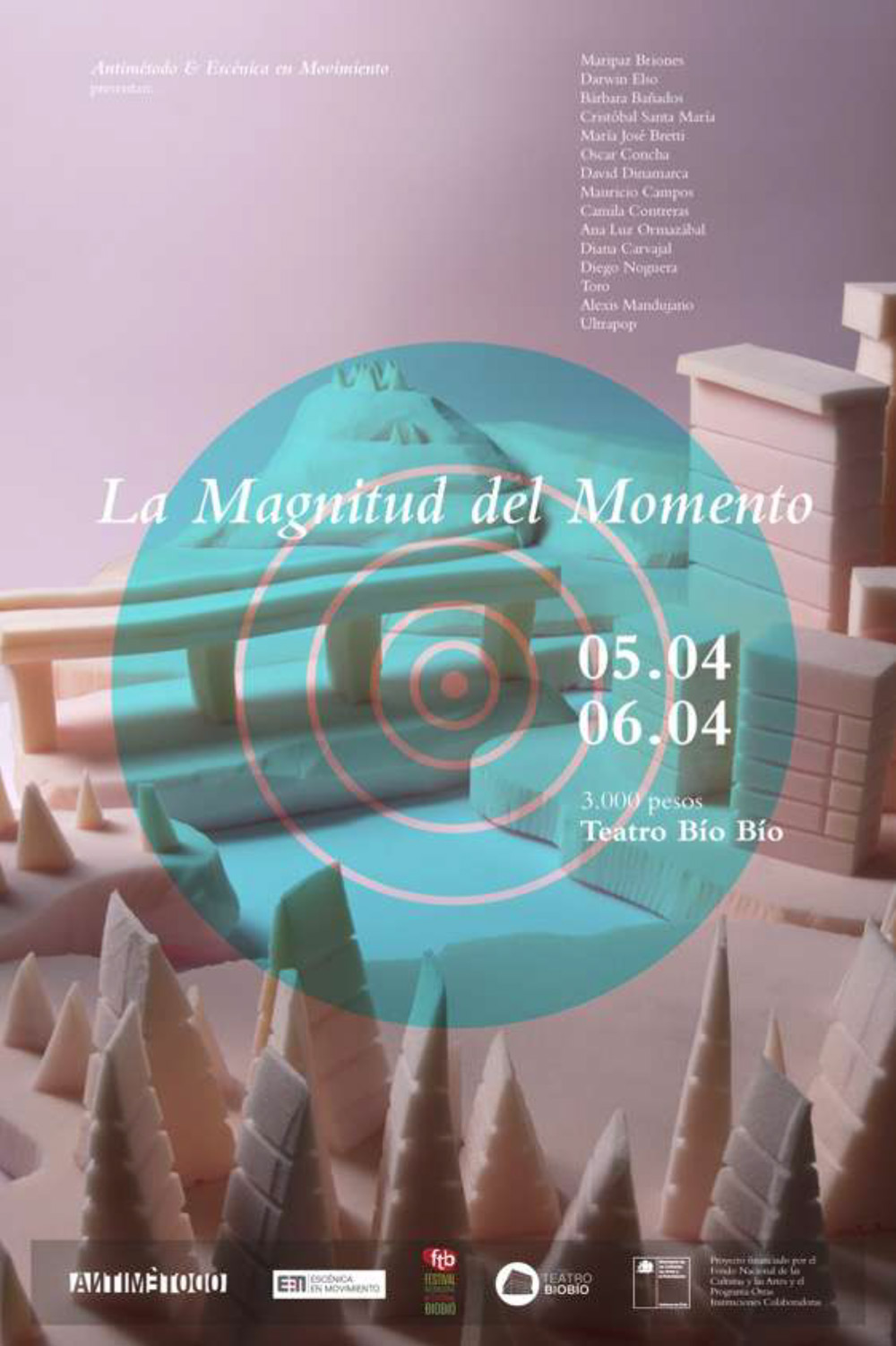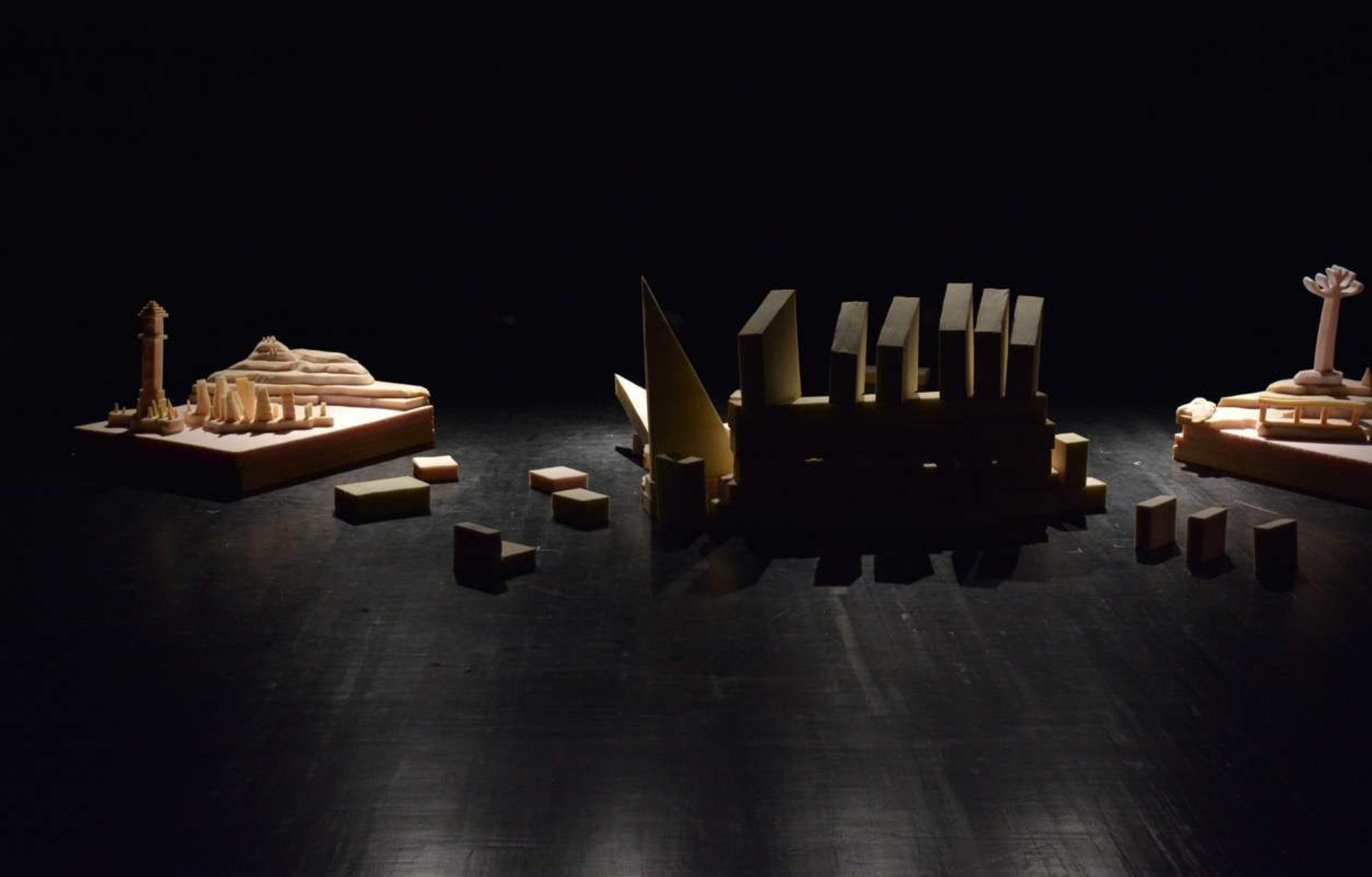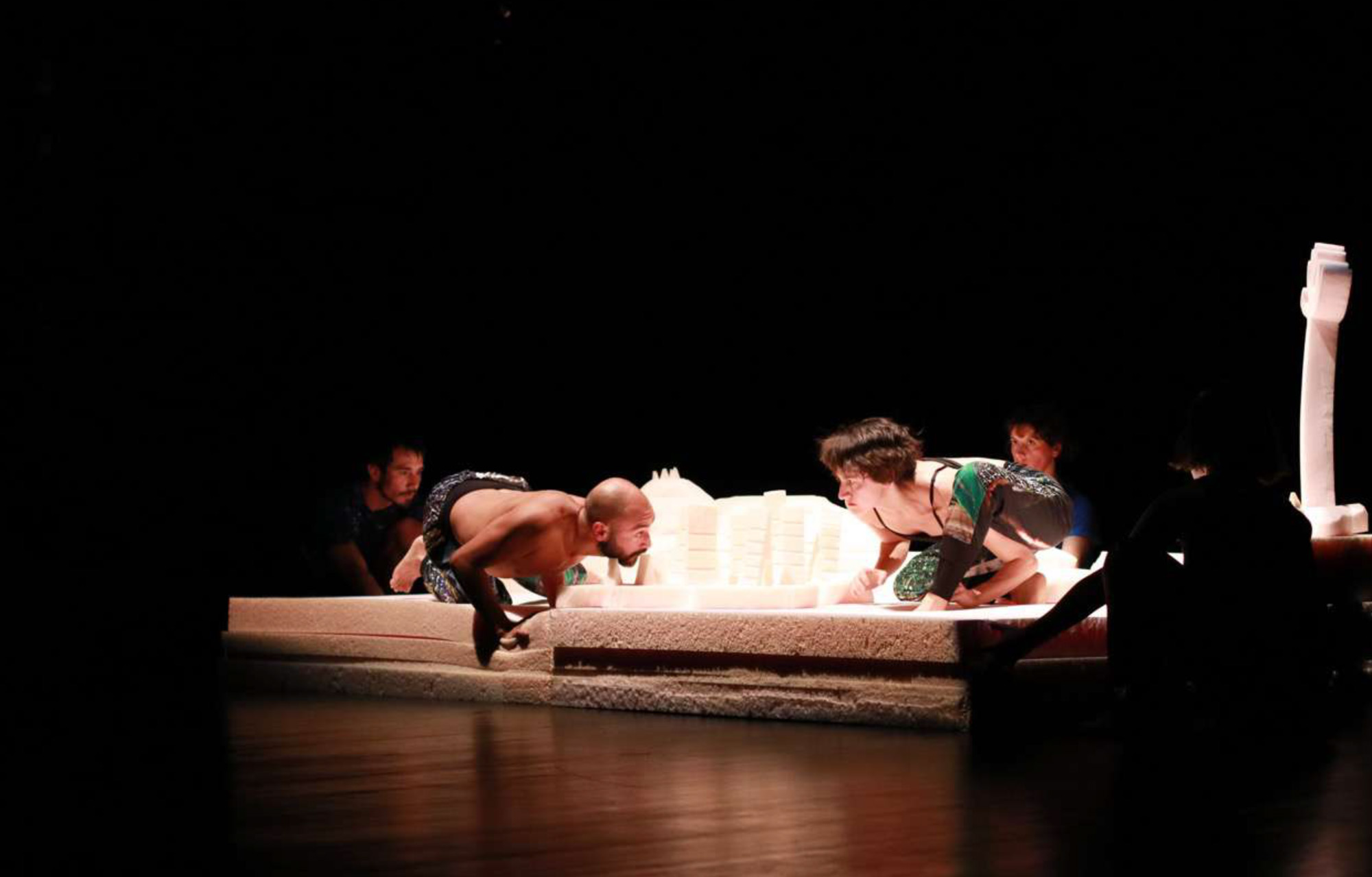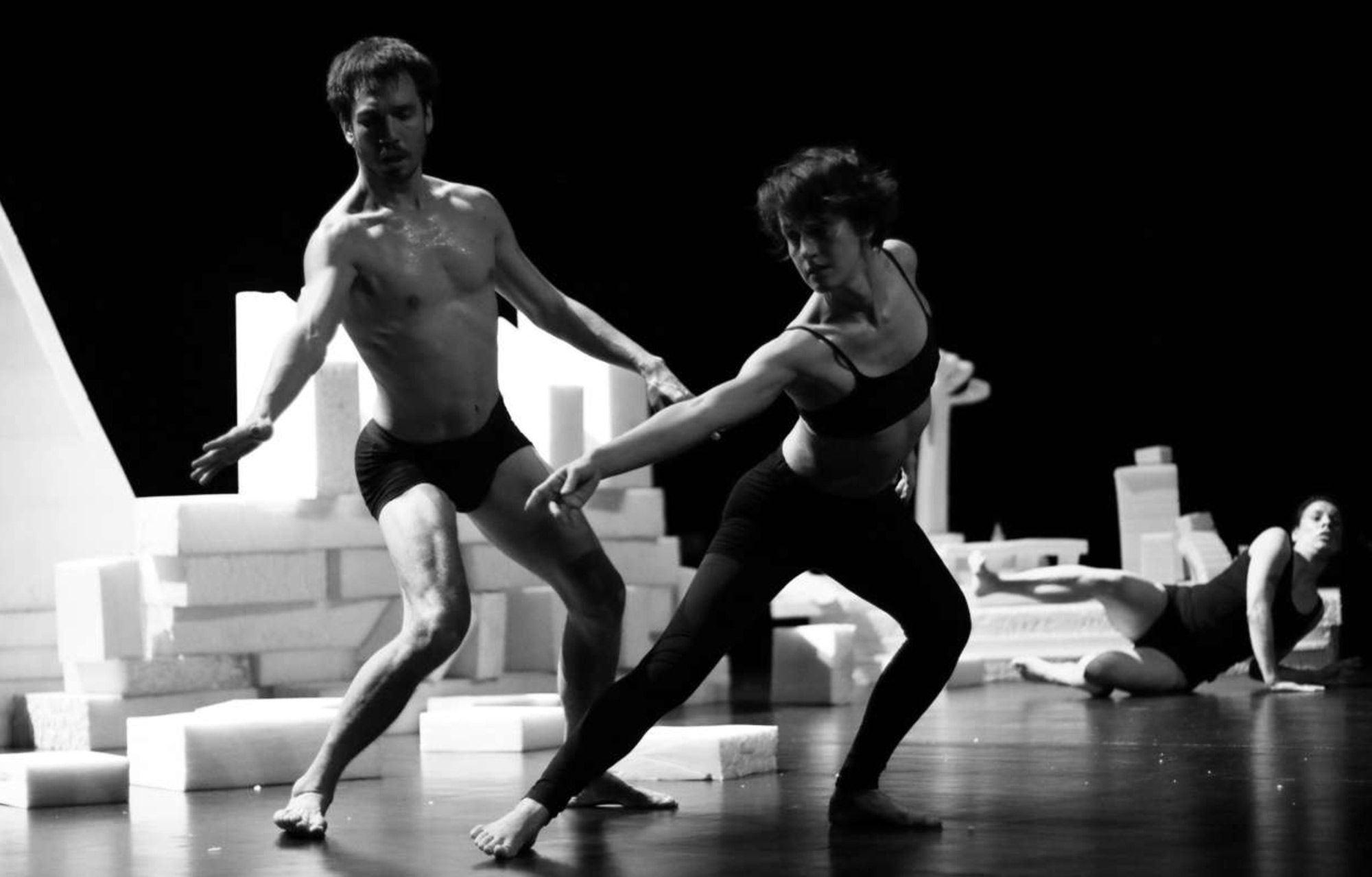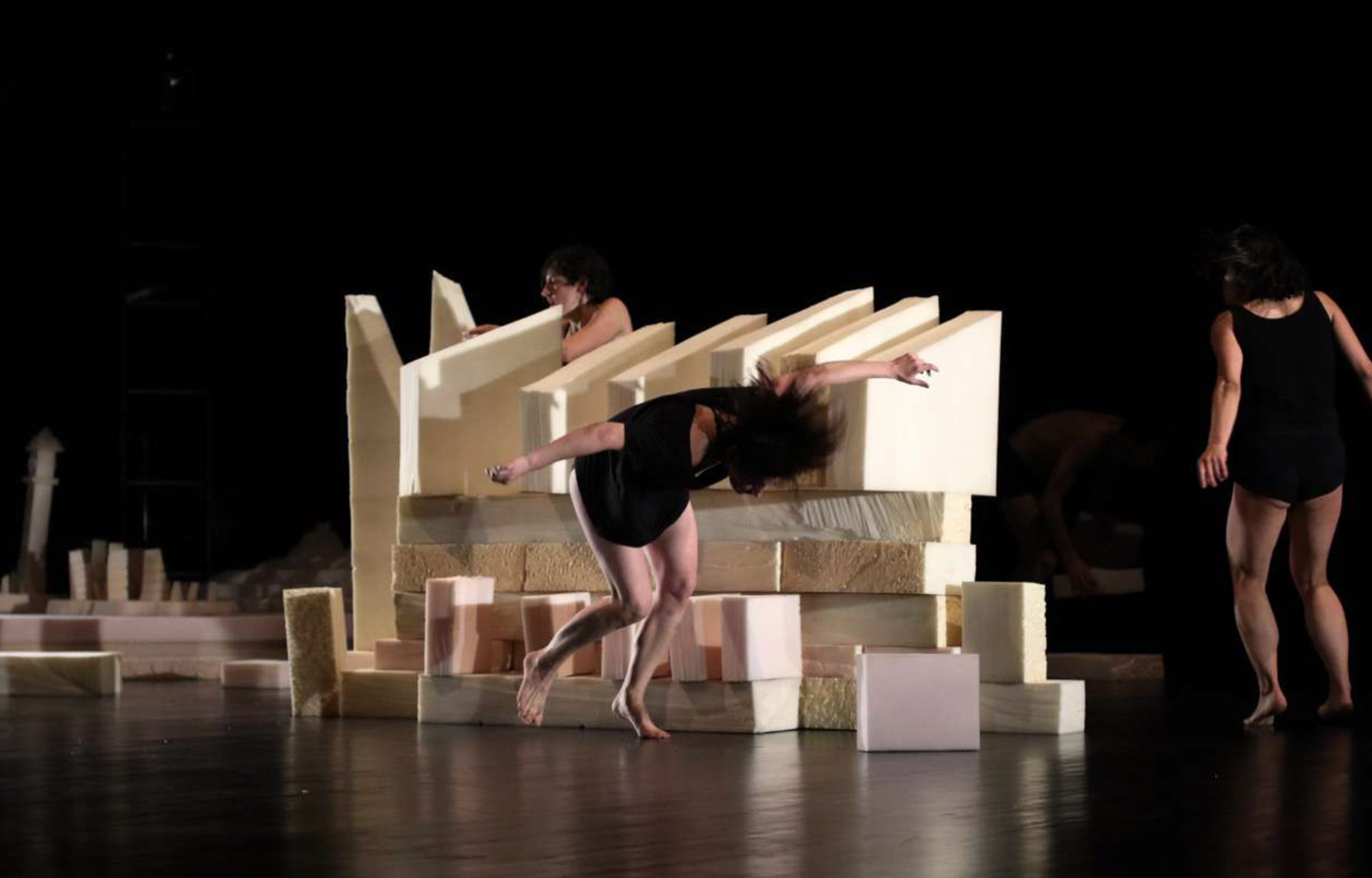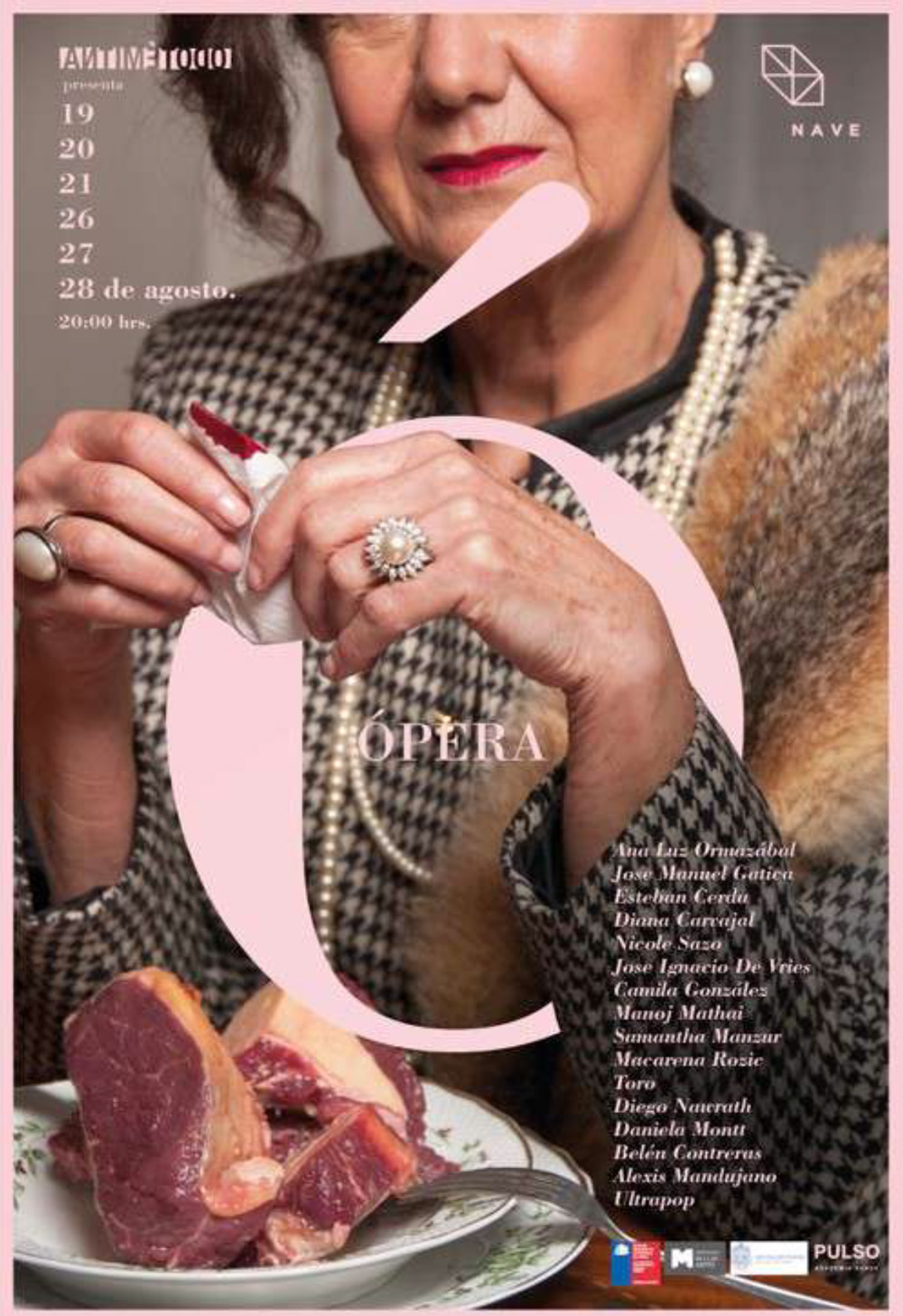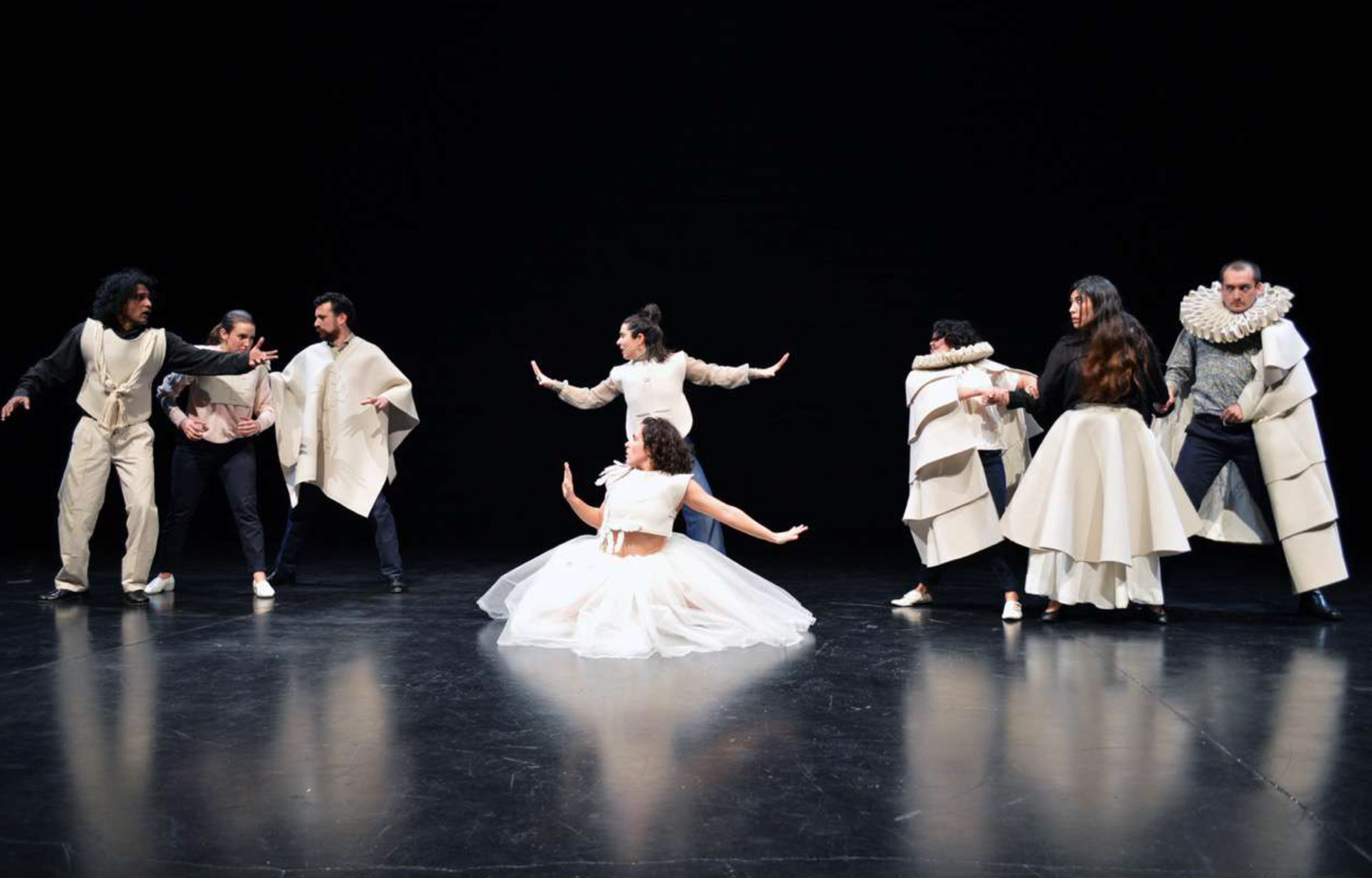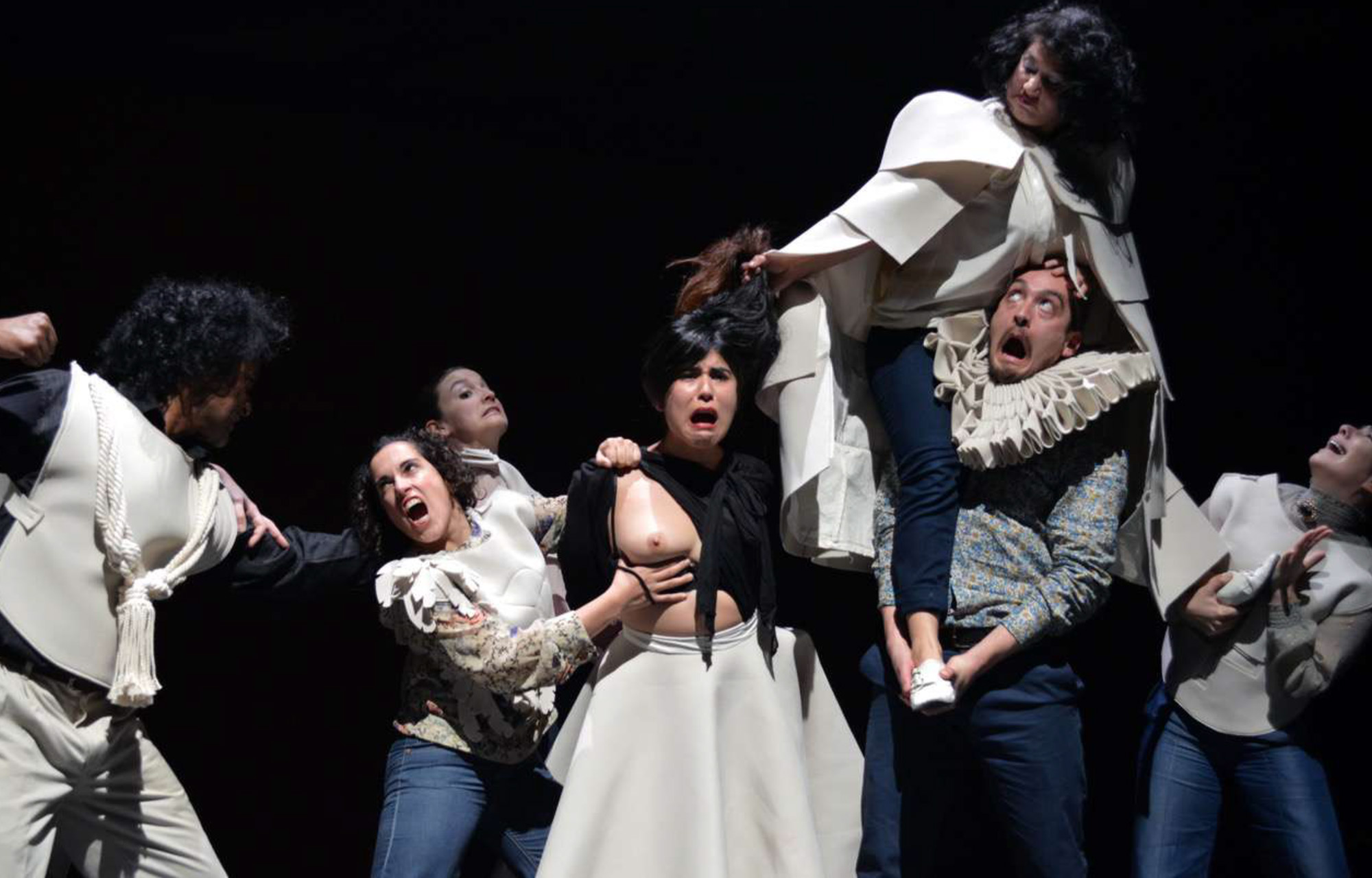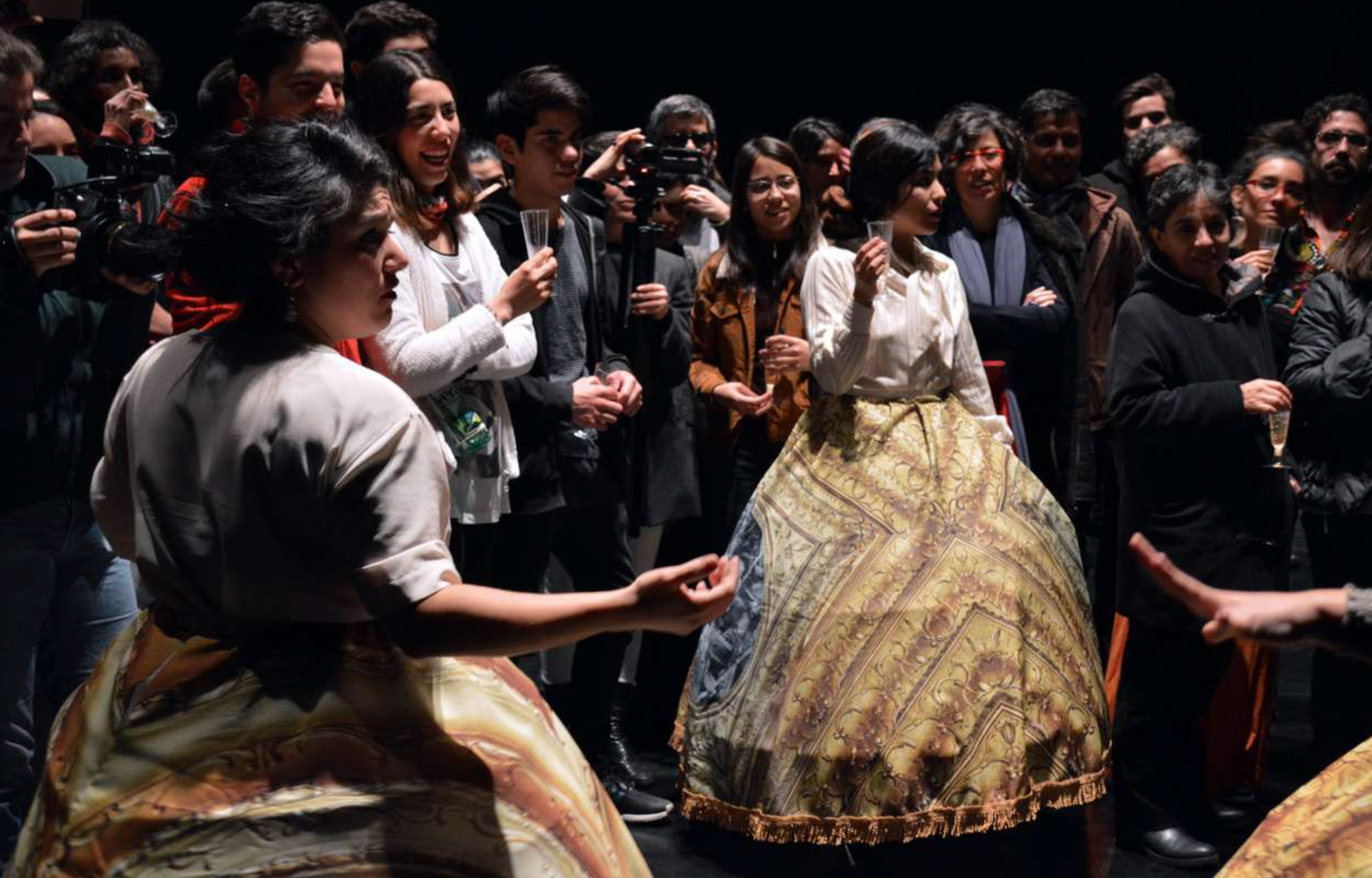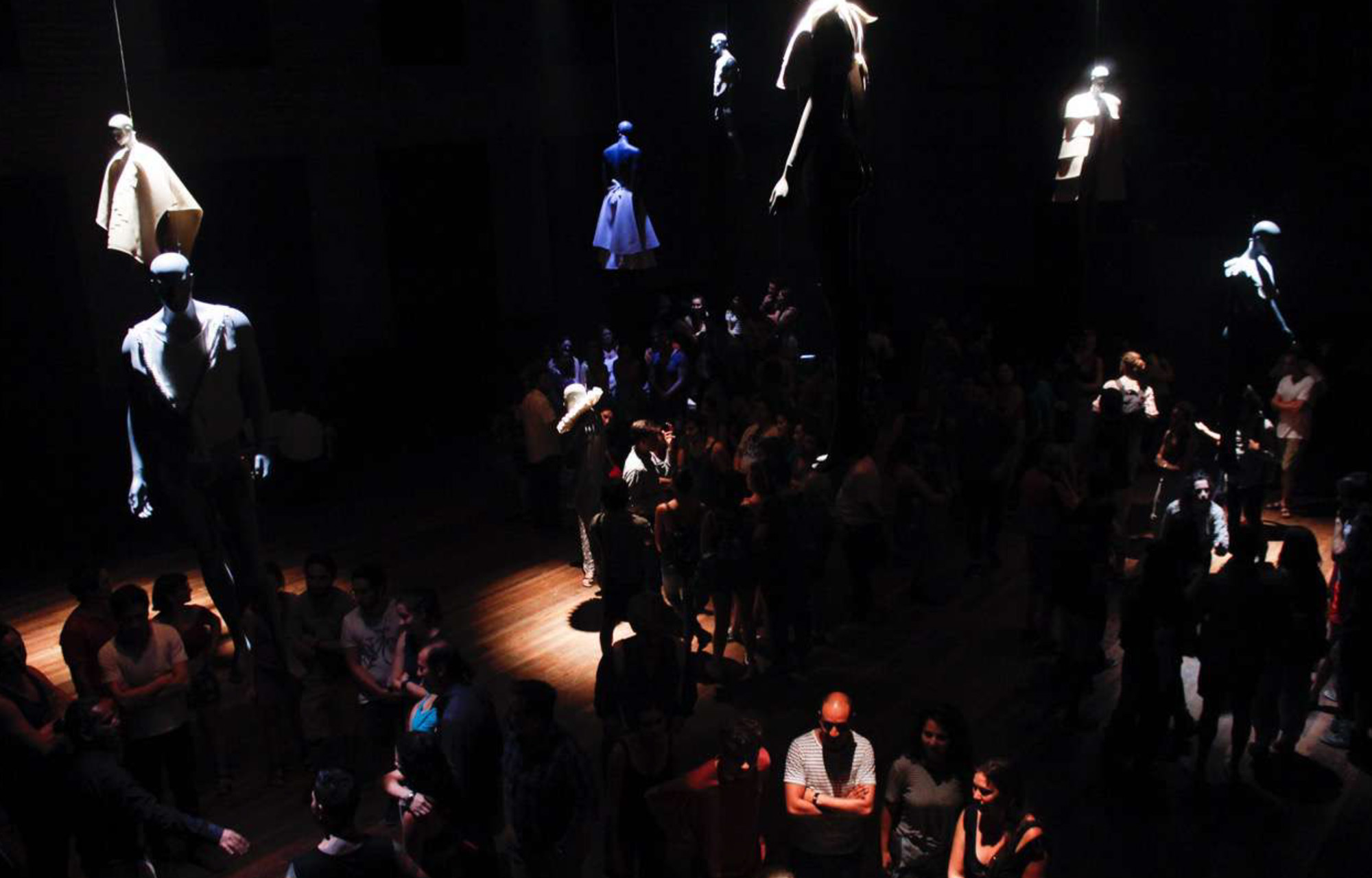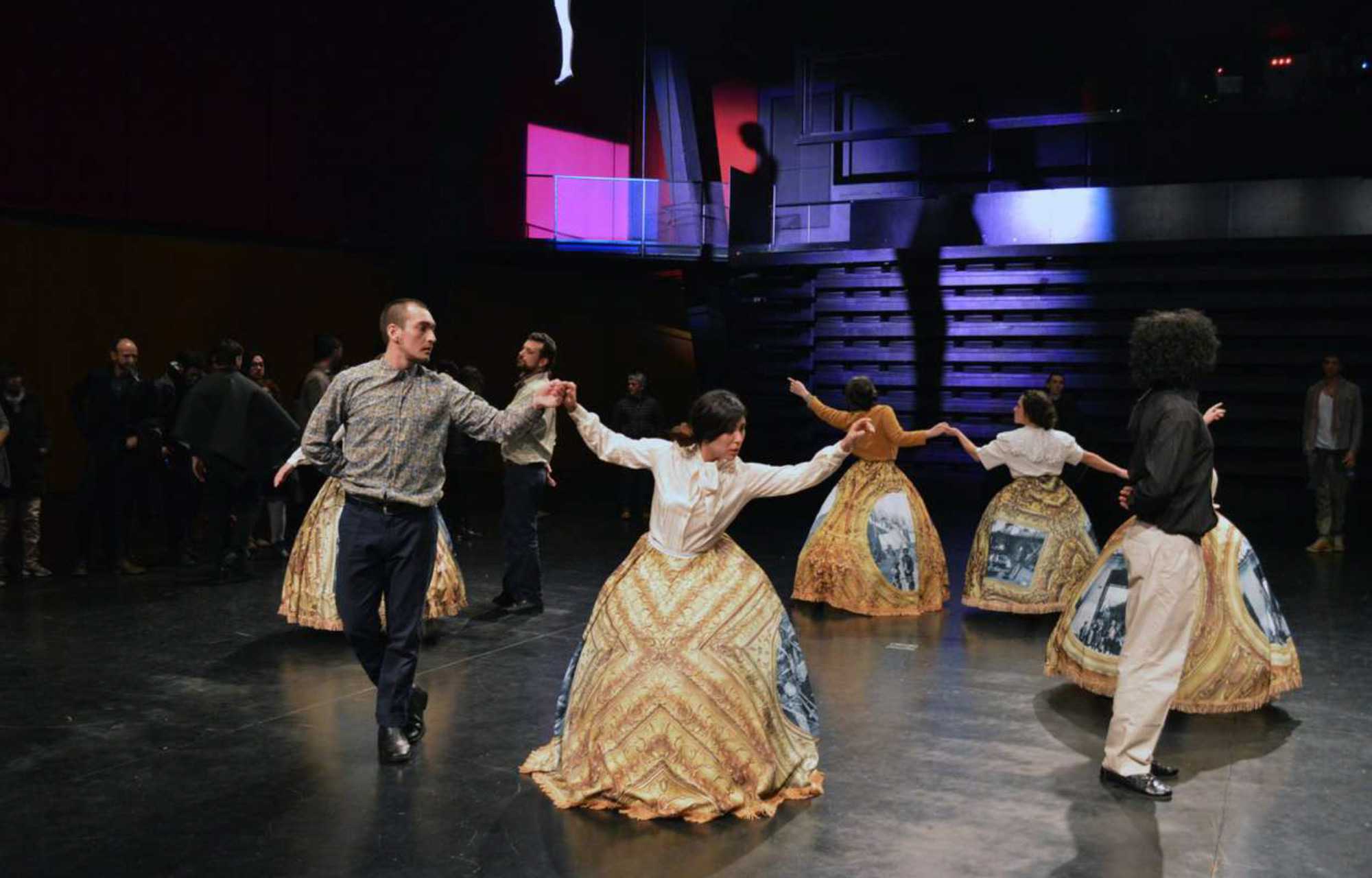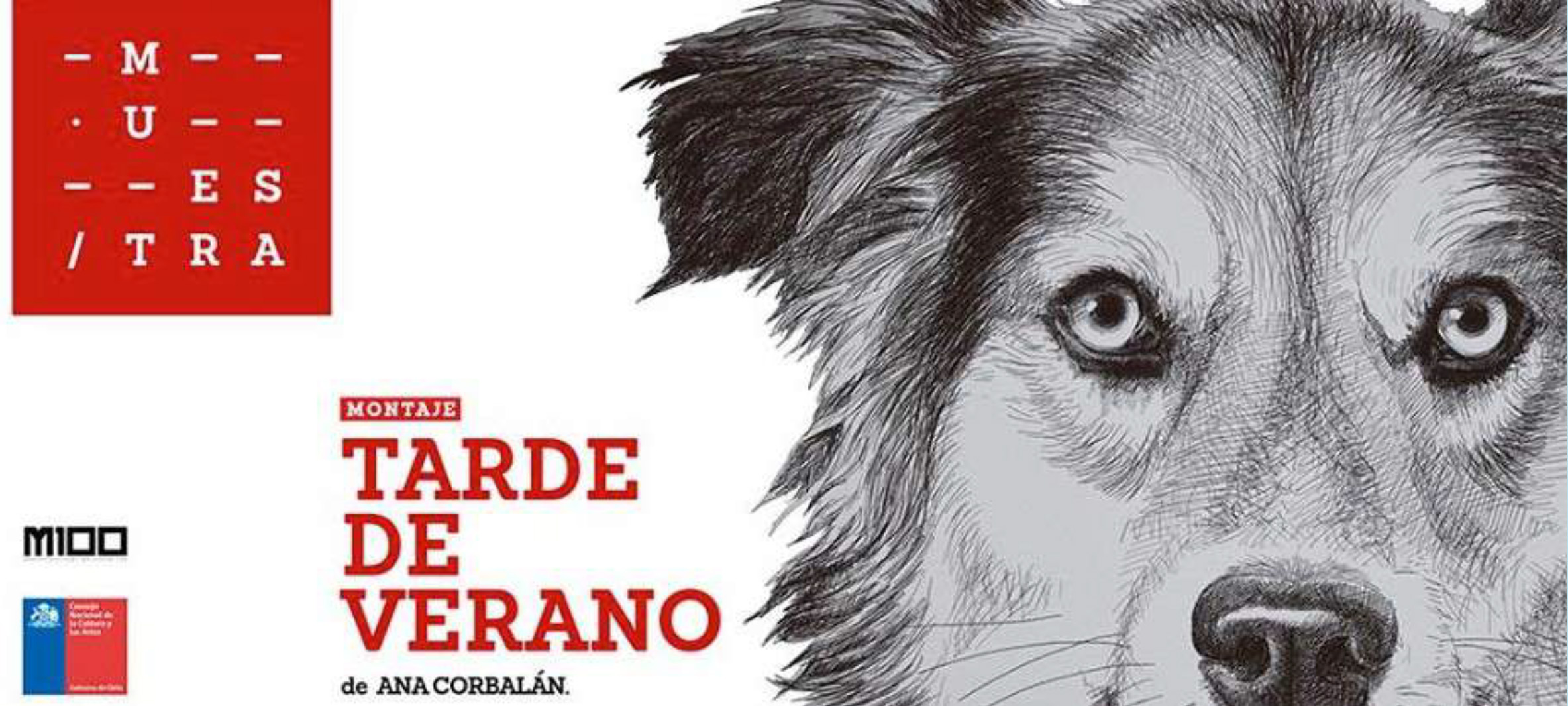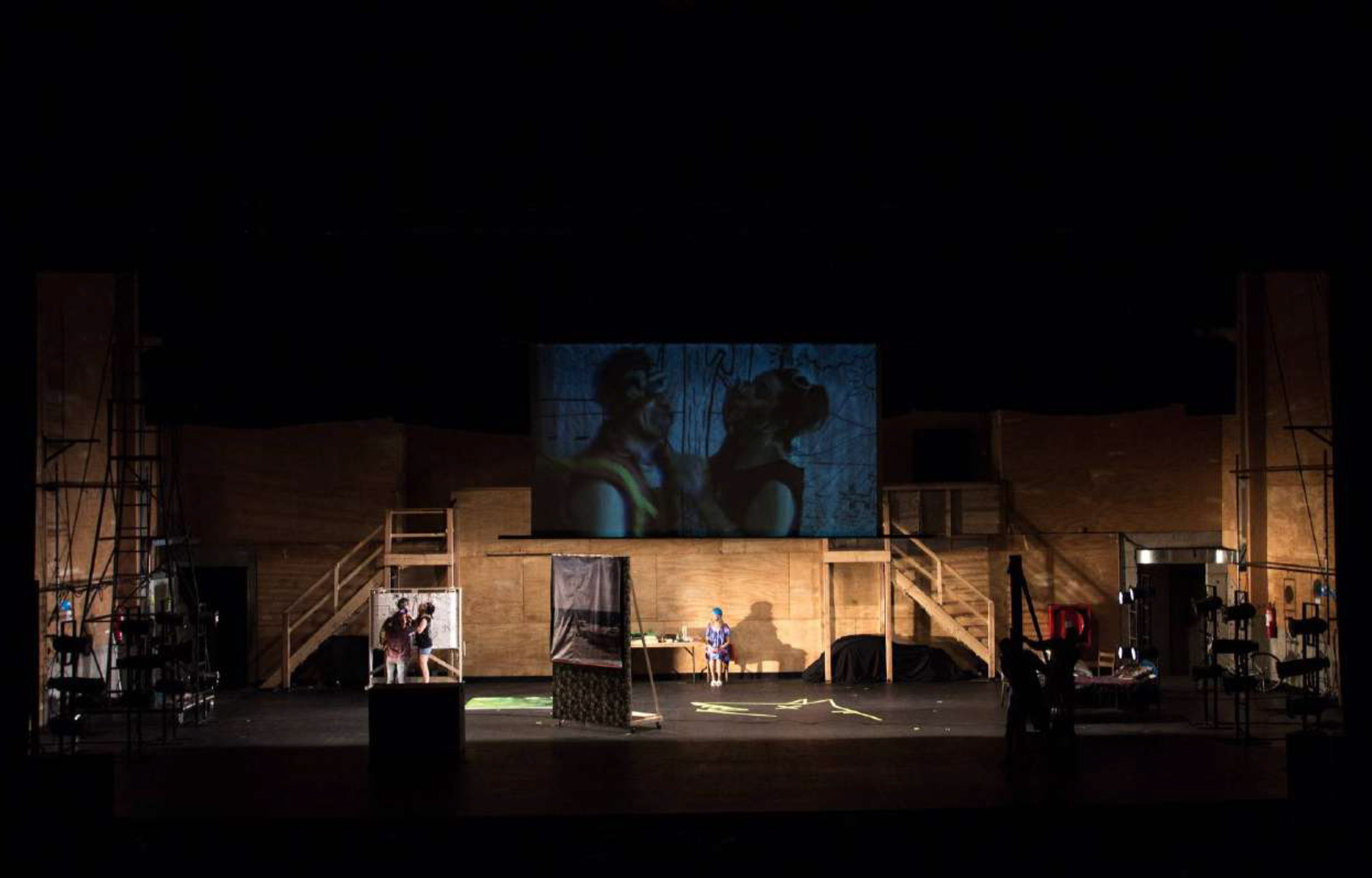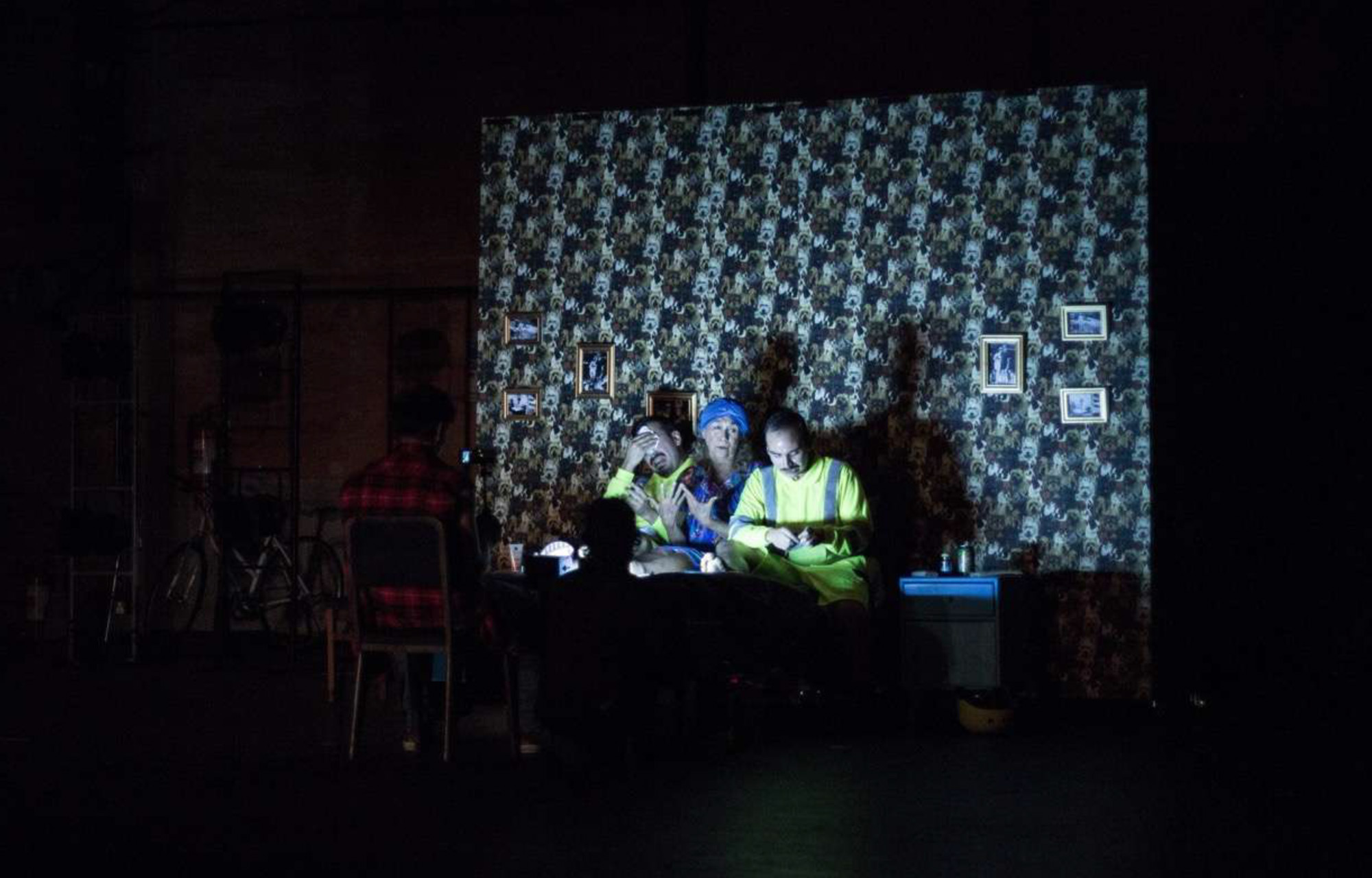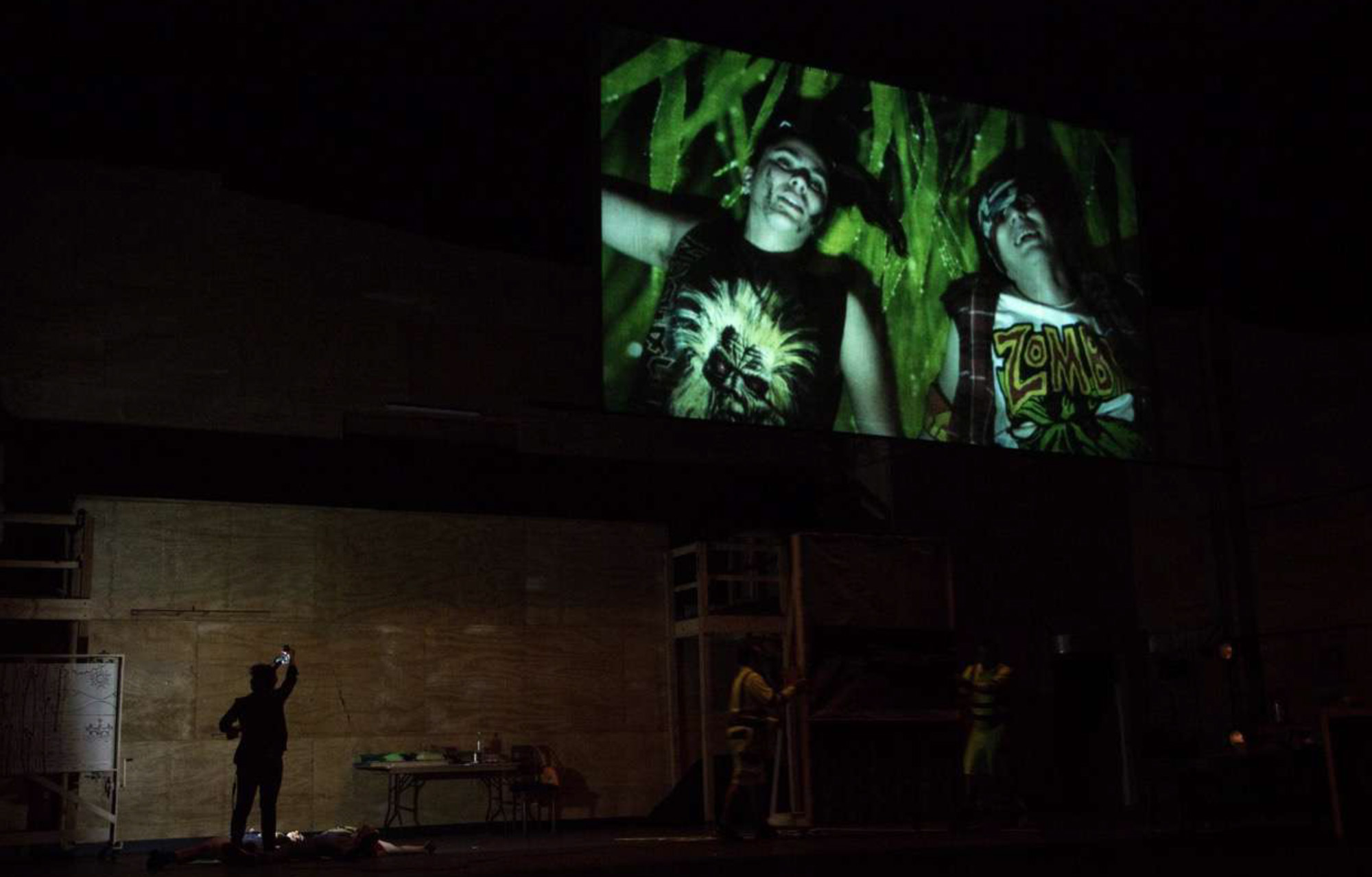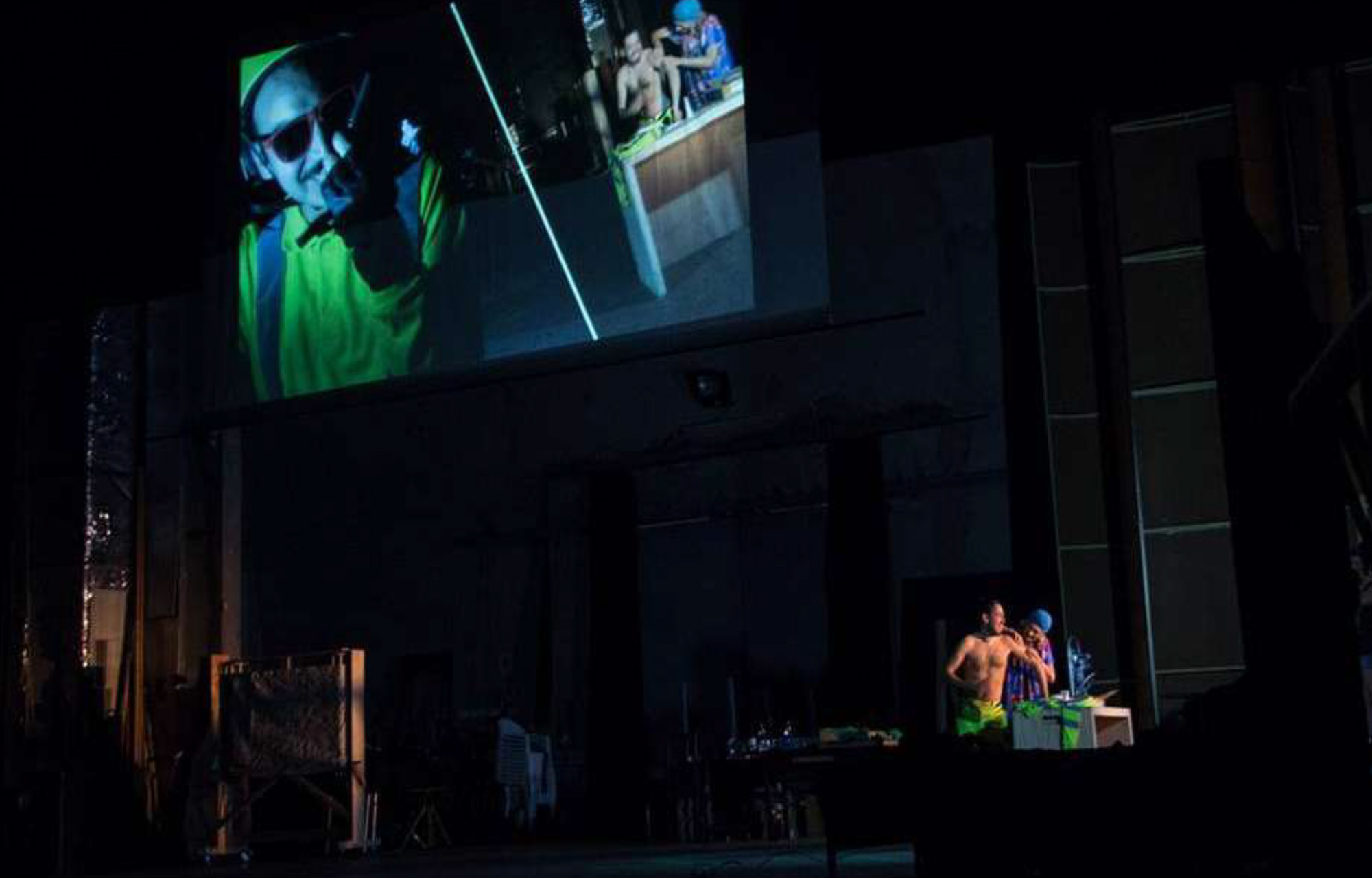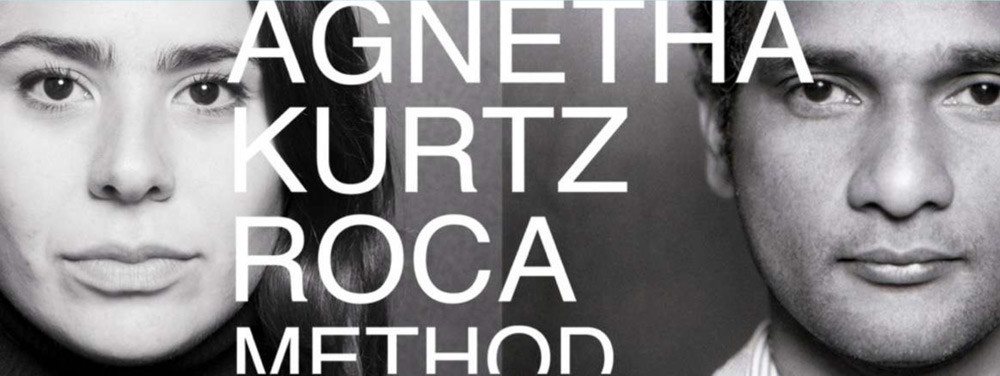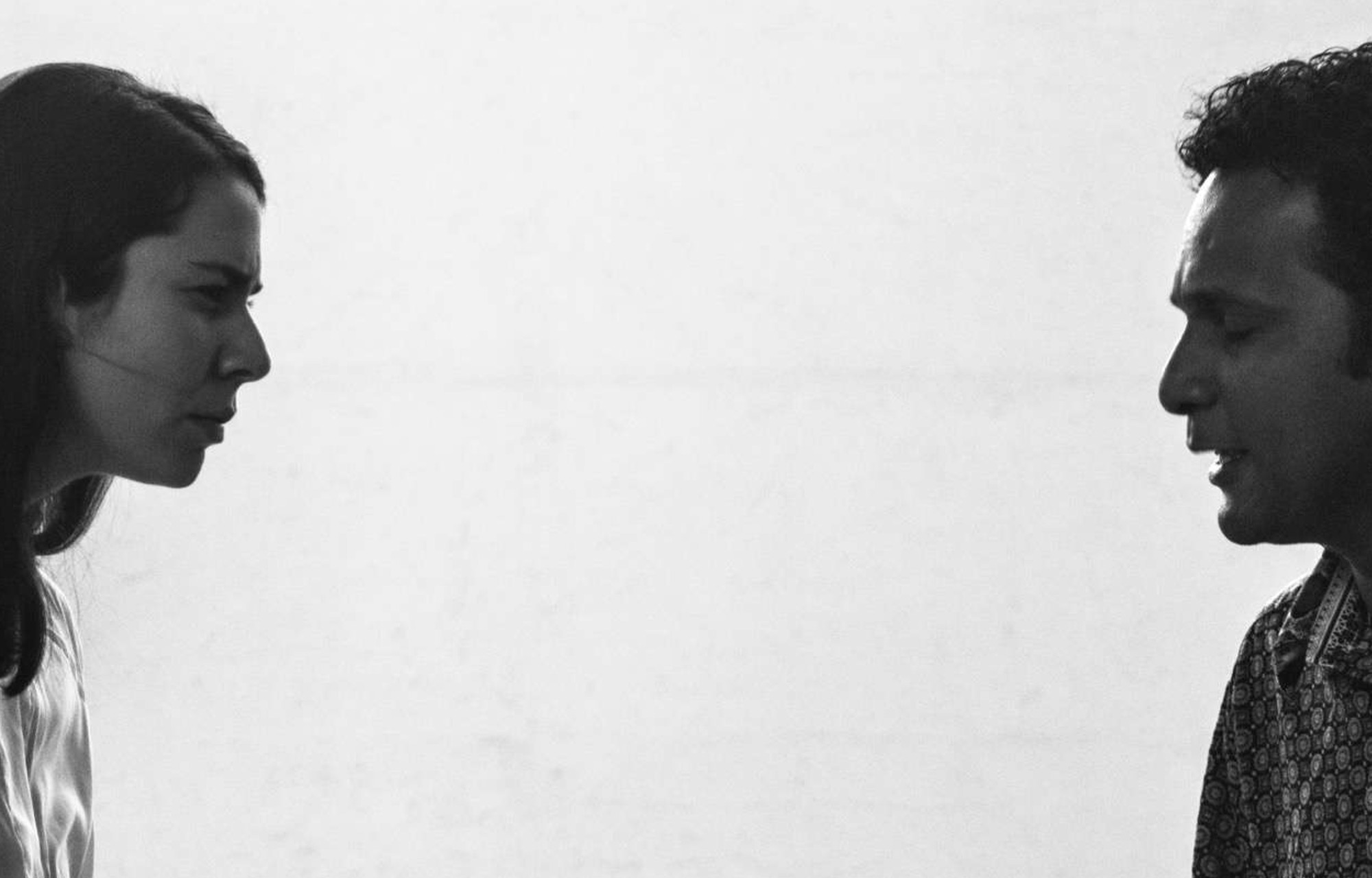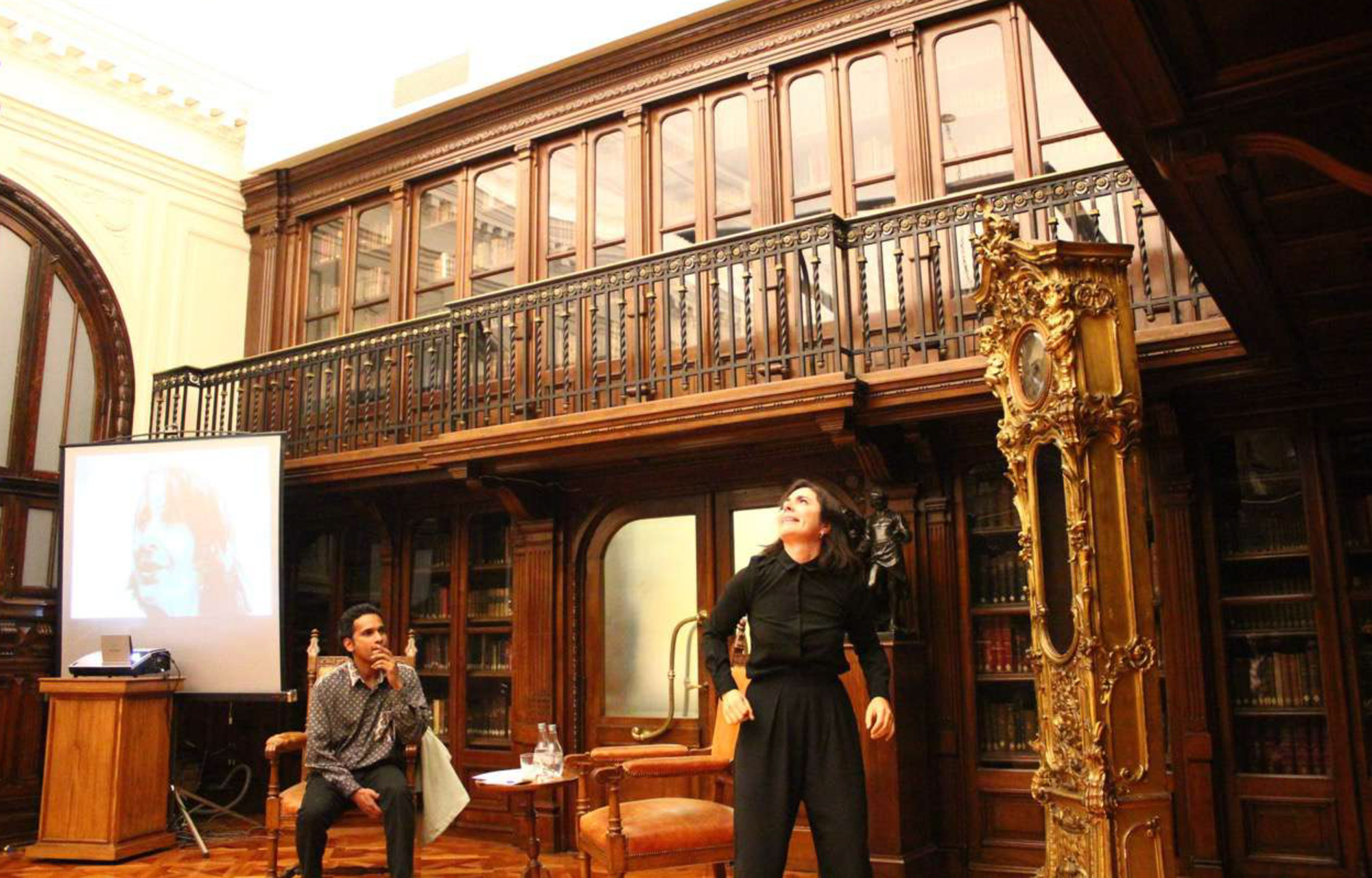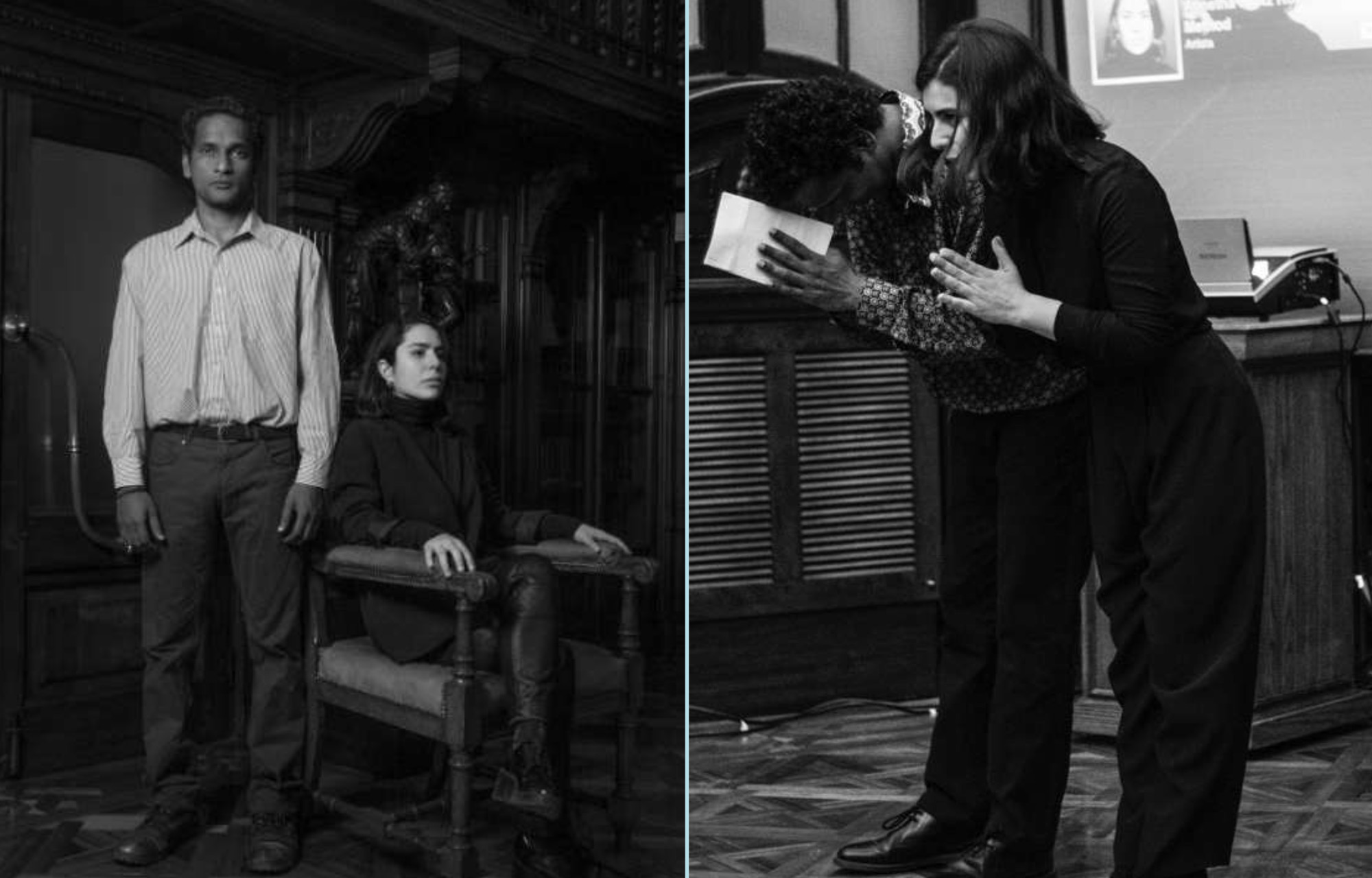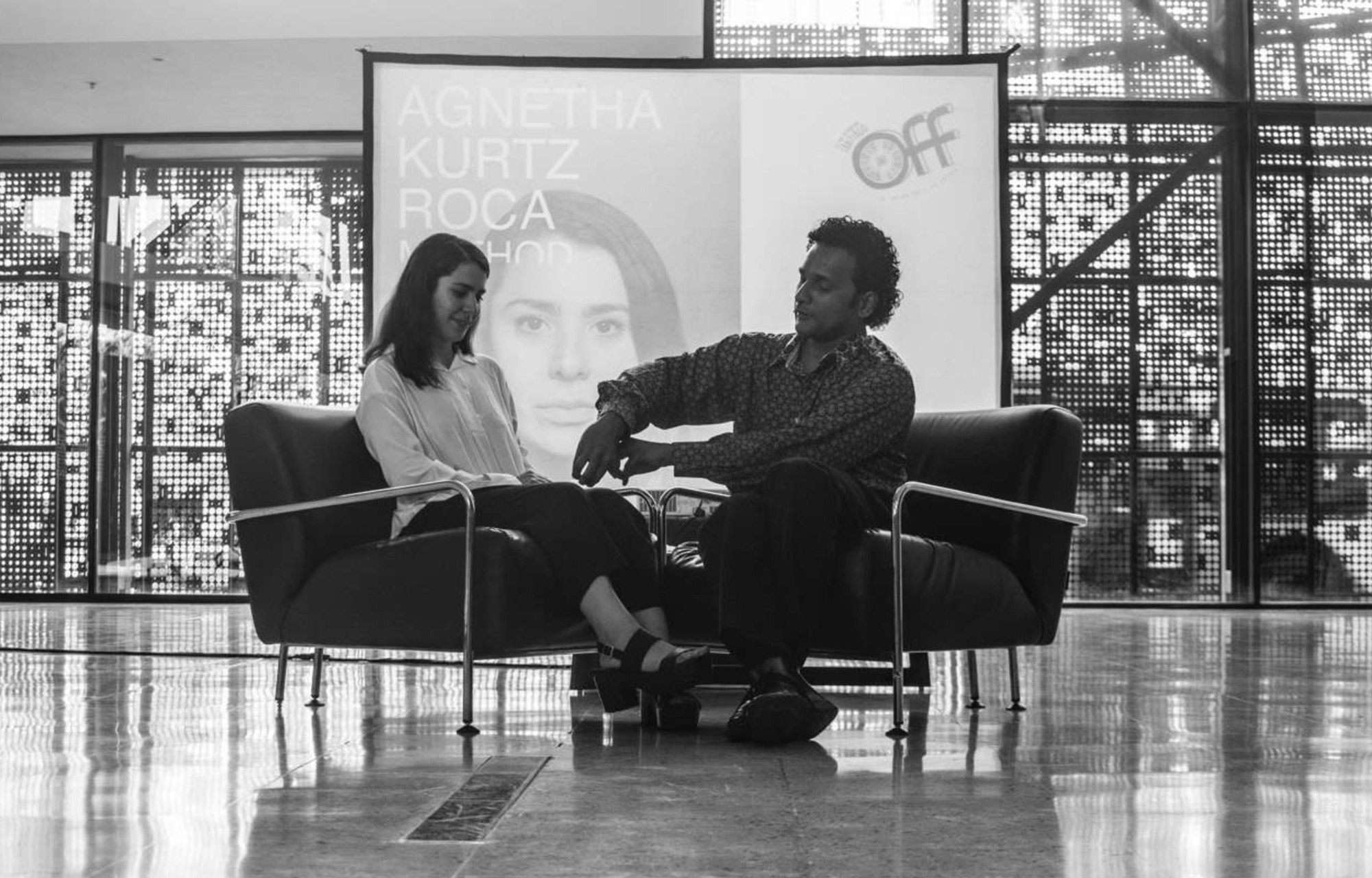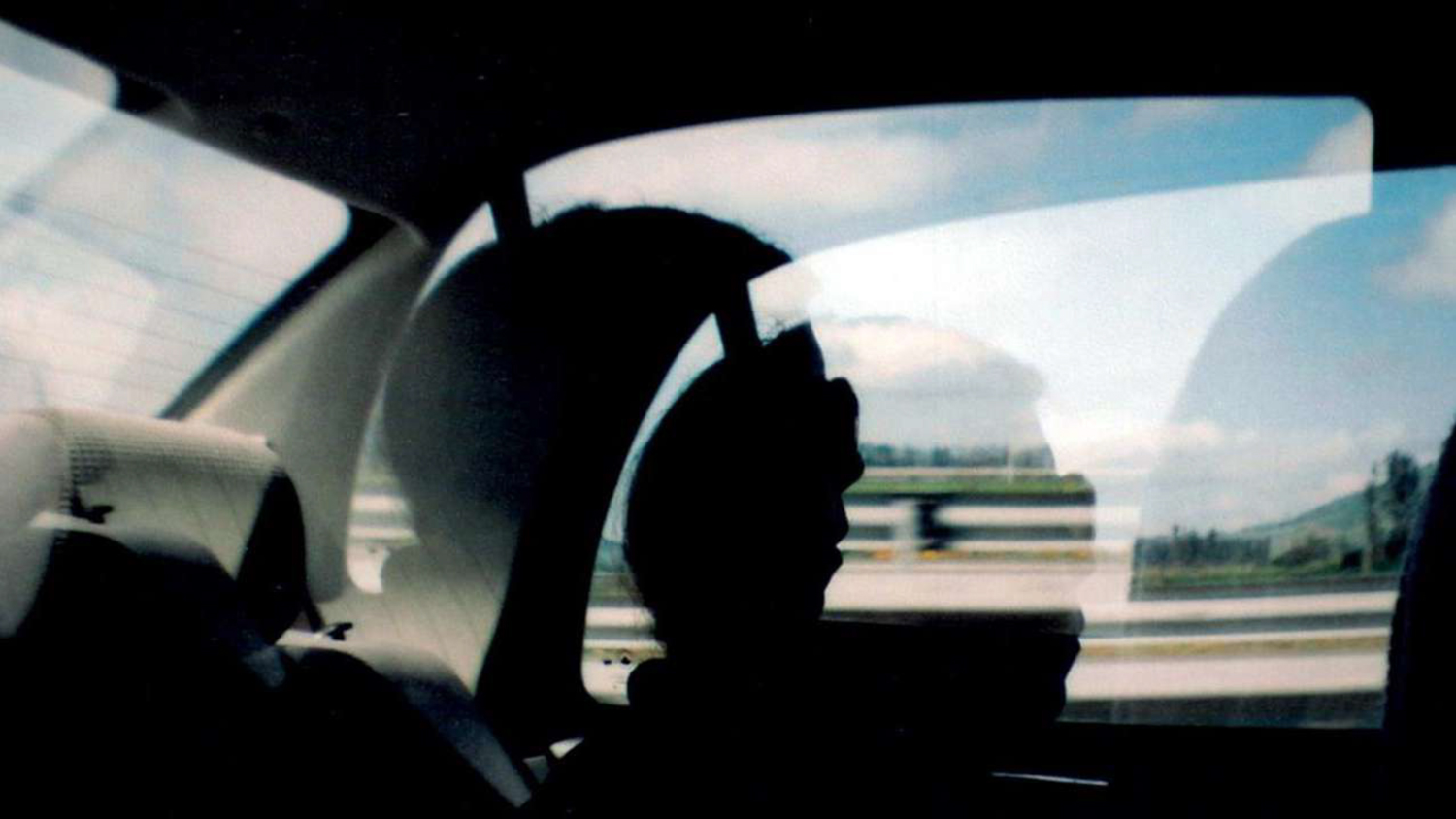

Director, investigador escénico, dramaturgo y docente chileno. Director artístico y fundador de ANTIMÉTODO -práctica escénica de investigación y creación. Actriz de la Universidad Católica y Maestría en Práctica Interpretativa como Investigación en la Royal Central School of Speech and Drama (Londres, Reino Unido). En 2017 asiste al Edinburg Fringe Festival como parte de la delegación chilena del CNCA. En 2018 es invitada por CUNY (EE.UU., NY) a PEN International Voices para presentar una lectura del “Método Agnetha Kurtz Roca” en colaboración con Amelia Bande y SeungHyun Hwany. Realiza residencias artísticas en The Watermill Center (EE.UU., NY), NAVE (Santiago, Chile), Dartmouth & New York Theatre Workshop (EE.UU., BOS) y fue seleccionada para el Foro Internacional 2021 del Theatretreffen 2020 Berliner Festspiele.
Chilean director, scenic researcher, dramaturge and professor. Artistic director and founder of ANTIMÉTODO -scenic practice of research and creation. Actress of Catholic University and MA in Performance Practice as Research at the Royal Central School of Speech and Drama (London, UK). In 2017 attends the Edinburg Fringe Festival as part of the Chilean delegation of the CNCA. In 2018 she is invited by CUNY (USA, NY) to PEN International Voices to present a reading of “Agnetha Kurtz Roca Method” in collaboration with Amelia Bande & SeungHyun Hwany. She does artistic residencies at The Watermill Center (USA, NY), NAVE (Santiago, Chile), Dartmouth & New York Theater Workshop (USA, BOS) and was selected for the 2021 International Forum of the Theatertreffen 2020 Berliner Festspiele.
Proyectos
PROYECTOS COMO DIRECTORA, DRAMATURGA E INVESTIGADORA
PROJECTS AS DIRECTOR, DRAMATURGE AND RESEARCHER
María Isabel
2023
La figura de María Isabel Matamala es el personaje central de la puesta en escena que cuenta y recuerda una investigación que nunca vio la luz. Esta médica chilena escribió, junto a otras activistas, un manifiesto feminista que hablaba de la realidad discriminatoria de las mujeres dentro de un partido revolucionario mientras estaban presas en Tres Álamos.
Lleno de datos, fechas, historias, reflexiones y preguntas, el documento fue sacado del centro de detención y clandestinamente enviado al CIMADE, pero al llegar a Francia y ser entregado al MIR el documento desaparece.
¿Cómo fue ser feminista dentro del MIR? ¿Qué cambios de era vemos y qué queda por hacer? ¿Qué pasó con esos textos? Estas son algunas de las preguntas que guían el proyecto.
“La historia de María Isabel representa la de muchas mujeres, mujeres que ya no están, que desaparecieron, fueron torturadas, asesinadas y otras que sobrevivieron. Ella muy generosamente nos brindó su testimonio, del cual intentamos plasmar otras voces; la historia del país, la de María Isabel, su vecina, personajes anónimos y muchas otras identidades”, comenta la directora, Ana Luz Ormazábal.
The figure of María Isabel Matamala is the central character of the staging that tells and remembers an investigation that never saw the light of day. This Chilean doctor wrote, together with other activists, a manifesto feminist who spoke about the discriminatory reality of women within a revolutionary party while they were prisoners in Tres Álamos.
Full of data, dates, stories, reflections and questions, the document was taken from the center of detention and clandestinely sent to CIMADE, but upon arriving in France and being handed over to the MIR the document disappears.
What was it like to be a feminist within the MIR? What era changes do we see and what is there left to do? What happened to those texts? These are some of the questions that guide the project.
“The story of María Isabel represents that of many women, women who are no longer here, who They disappeared, were tortured, murdered, and others who survived. She very generously gave us his testimony, from which we tried to embody other voices; the history of the country, that of María Isabel, her neighbor, anonymous characters and many other identities,” comments the director, Ana Luz Ormazábal.
Pam Berry
2022
Con la esperanza de encontrarla, Pam Berry acude a una bruja, pero las cosas no funcionan. como era de esperar y descubrirá muchas dimensiones sobre sí misma que desconocía.
Frente a la violencia, el trauma y la soledad que impone el sistema patriarcal y cis-heteronormativo
La identidad lesbiana, Pam Berry es un grito, o más bien un canto, por la libertad. Escrita por Rae del Cerro y dirigida por Ana Luz Ormazábal, la obra se construye como un concierto, donde la música y el canto expresan con ritmo y cadencia la emotividad y la tristeza, pero también la ternura y el humor que se desprende de esta historia de amor. En un trabajo gestual que toma elementos del circo, la puesta en escena propone una experiencia sensible para hablar del amor en toda su diversidad y complejidad.
Pam Berry is a lesbian who, since she was a child, prefers to dream than to be awake. While he sleeps, can be herself and spend time with Sister Marina, a supposed cloister nun who becomes your only and most important companion. One day, Sister Marina gives him signs that it could exist in real life, but at the same time it announces that it will soon disappear.
Hoping to find her, Pam Berry goes to a witch, but things don’t work out. as expected and she will discover many dimensions about herself that she did not know.
Faced with the violence, trauma and loneliness that the patriarchal and cis-heteronormative system imposes on
lesbian identity, Pam Berry is a cry, or rather a song, for freedom. Written by Rae del Cerro and directed by Ana Luz Ormazábal, the work is constructed as a concert, where the Music and singing express with rhythm and cadence emotionality and sadness, but also tenderness and humor that emerges from this love story. In a gestural work that takes elements of the circus, the staging proposes a sensitive experience to talk about love in all its diversity and complexity.
Este teatro no está vació
2021
Al Pacino
2019
En la era precinematográfica hubo una serie de experimentos análogos que transformaron seres y objetos a través de procedimientos vivos. Se utilizaron materiales de bajo costo para generar efectos ópticos y sonoros. Muchos de estos experimentos fueron denominados como los “juguetes filosóficos” ya que amplificaron las formas de percibir el mundo y son considerados como los fundadores de la técnica cinematográfica. De estas exploraciones surge la Comedia de Magia, un género teatral que se desarrolló en Chile, desde la independencia de la corona española hasta la actualidad, sin el mismo impacto que en sus inicios.
AL PACINO, es el nombre de una maniobra en vivo que investiga este género teatral, utilizando sus mismos preceptos: luz, sombra, cuerpos, sonidos y la alquimia que surge al contraponer estos elementos, buscando regresar a una escena irracional y monstruosa, a partir del choque de luces en una pared, como en el cine.
In the pre-cinematographic era, there were a series of analogous experiments that transformed beings and objects through live procedures. Low-cost materials were used to generate optical and sound effects. Many of these experiments were named as the “philosophical toys” since they amplified the ways of perceiving the world and are considered as the founders of the cinematographic technique. From these explorations, Comedia de Magia arises a theatrical genre that took place in Chile, after the independence of the Spanish crown until today, without the same impact as in its beginnings.
AL PACINO, is the name of a live maneuver that investigates this theatrical genre, using its same precepts: light, shadow, bodies, sounds and the alchemy that emerges when opposing these elements, searching to return to an irrational and monstrous scene, from the clash of lights on a wall, just like in cinema.
La magnitud del momento (Mw)
2019
La investigación escénica busca explorar, a través de la práctica de la danza, en los imaginarios e identidades de Concepción bajo los conceptos de escombros y ruina para plasmar y reflexionar sobre un hecho territorial e historiográfico.
La magnitud de momento (Mw) es una escala que mide el tamaño de los eventos sísmicos a partir de la cantidad de energía liberada. Se refiere al número de movimientos de la roca y a la superficie de fractura producidos por las tensiones tectónicas que actúan en la corteza.
La magnitud del momento es una experiencia escénica transdisciplinaria, que une Antimétodo con Escénica en Movimiento, para explorar los movimientos de un territorio llamado Concepción, y los desplazamientos que produce un suelo que se niega a permanecer quieto. Una tierra donde las fronteras están salidas y en disputa, hecha de capas de otros suelos, llena de ruinas y fantasmas de los que se han asentado y de los que se han ido.
In order to collaborate in new creative processes, Escénica en Movimiento dance company from the city of Concepción invites the creative core of Antimétodo (Ormazábal, Carvajal, Erazo) during the first half of 2019 at the Bío-Bío Theater.
The scenic research seeks to explore, through the practice of dance, in the imaginary and identities of Concepción under the concepts of rubble and ruin in order to embody and reflect upon a territorial and historiographic event.
The moment magnitude (Mw) is a scale that measures the size of seismic events from the amount of energy released. It refers to the number of rock movements and the surface of the fracture produced by the tectonic stresses that act in the crust.
The magnitude of the moment is a transdisciplinary scenic experience, which unites Antimétodo with Escénica en Movimiento, to explore the movements of a territory called Concepción, and the displacements produced by a ground that refuses to remain still. A land where the borders are exited and in dispute, one which is made of layers of other soils, full of ruins and ghosts of those who have settled and those who have left.
Ópera
2016
Históricamente, la ópera llegó a Chile a finales del siglo XIX como consecuencia del proceso de colonización a través de compañías italianas financiadas por una creciente oligarquía interesada en el proceso europeo moderno.
Basada en hechos reales de la historia chilena, la ficción se centra en la ópera “Lautaro” compuesta por Eliodoro Ortiz de Zárate, estrenada en el Teatro Municipal de Santiago en 1902 e interpretada por una compañía italiana. El espectáculo se estrenó veinte años después de la Ocupación de la Araucanía (1860-1883), el fin de la autonomía territorial mapuche con el Estado chileno tras la independencia de Chile.
La Compañía Lírica Italiana Pantanelli regresa a Chile después de más de cien años para intentar una vez más, como lo hicieron sus antepasados en 1902, interpretar la ópera de Ortiz de Zárate, a través de un lenguaje escénico que hoy se encuentra en crisis: la ópera. ÓPERA explora la imposibilidad y el fracaso: de habitar un arte canónico y de habitar una lengua que fue exiliada de nuestra historia, el mapudungun.
Historically, opera came to Chile at the end of the eighteen-hundreds as a consequence of the process of colonization through Italian companies financed by a growing oligarchy interested in the modern European process.
Based on real events of Chilean history, the fiction dwells on the opera “Lautaro” composed by Eliodoro Ortiz de Zárate, premiered in Teatro Municipal of Santiago in 1902 and performed by an Italian company. The show was premiered twenty years after the Araucania’s Occupation (1860-1883) the end of the territorial Mapuche autonomy with the Chilean State after Chile’s independence.
The Lyrical Italian Pantanelli Company comes back to Chile after more than a hundred years to try once again, as their ancestors did in 1902, to perform Ortiz de Zarate’s opera, through a scenic language that is today in crisis: opera. ÓPERA explores the impossibility and failure: of inhabiting a canonic art and of inhabiting a language that was exiled of our history, the Mapudungun.
Tarde de verano
2016
Invitación a Ana Luz Ormazábal para poner en escena el texto de Ana Corbalán en la XVII Muestra Nacional de Dramaturgia realizada en octubre de 2016, estreno en Matucana 100.
Invitation to Ana Luz Ormazábal to stage the text of Ana Corbalán in the XVII National Dramaturgy Exhibition held in October 2016, premiere in Matucana 100.
Agnetha Kurtz Roca Method
2015
Concierto
2012
El objetivo central es lograr un concierto, utilizando la sonoridad del cuerpo y la manipulación de instrumentos musicales como base de la puesta en escena para testimoniar la historia de una generación. El marco establecido es la estructura básica de un concierto común: diferentes teloneros cada día (músicos jóvenes y bandas), formato de banda (guitarra, bajo y batería) y la fragmentación de la obra, entendiendo cada escena como una canción.
La relación que el intérprete establece con los estilos, formatos y elementos musicales de cada escena desplaza el foco hacia el intérprete como instrumento. De ese lugar musical nace el concierto, de la subjetividad de la música dentro de cada intérprete. Este ejercicio desarrolla una historia no lineal, donde los elementos visuales y sonoros guían los sentidos hacia el simple deseo de hacer música. A lo largo de esta investigación se cuestionan creativamente los límites de la danza, el teatro y la música. Las canciones, el ritmo, la danza, los instrumentos y los intérpretes en conjunto producen una experiencia musical completa y bellamente texturizada.
CONCIERTO es la exhibición de una generación en la que la diversidad de referentes musicales se fusiona para reflejar una identidad sonora hiperconectada y globalizada. A su vez, al unir distintas referencias musicales y explorar su identidad implícita y conectada, la obra se convierte en una reflexión sobre la música como lenguaje universal.
Staging in which actors, dancers, musicians, and a designer decide to create a concert that explores the musicality within the body. Through the possibilities of sound, the concert emerges —a process that invites the audience to be part of a rich sensory experience.
The central goal is to achieve a concert, using the sonority of the body and the manipulation of musical instruments as a base for the staging to testificate the history of a generation. The set framework is the basic structure of a common concert: different openers every day (young musicians and bands), band format (guitar, bass and drums) and the fragmentation of the play, understanding every scene as a song.
The relation that the performer establishes with the styles, formats and musical elements of each scene shifts the focus to the performer as an instrument. From that musical locus, the concert is born—from the subjectivity of the music within each performer. This exercise develops a nonlinear story, where the visual and sound elements guide the senses to the simple desire of making music. The limits of dance, theatre, and music are all creatively questioned throughout this investigation. The songs, the rhythm, the dance, the instruments, and performers collectively yield a complete and beautifully textured musical experience.
CONCIERTO is the exhibition of a generation in which the diversity of musical references coalesces to reflect a hyper-connected and globalized sonic identity. In turn, by uniting distinct musical references and by exploring their implicit and connected identity, the work becomes a reflection on music as a universal language.
Food & Drink
Parking
Private Events

